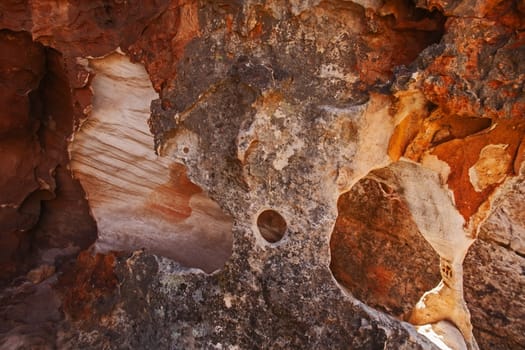- Filter By:
-
-
Stock photos and images of username:kobus_peche
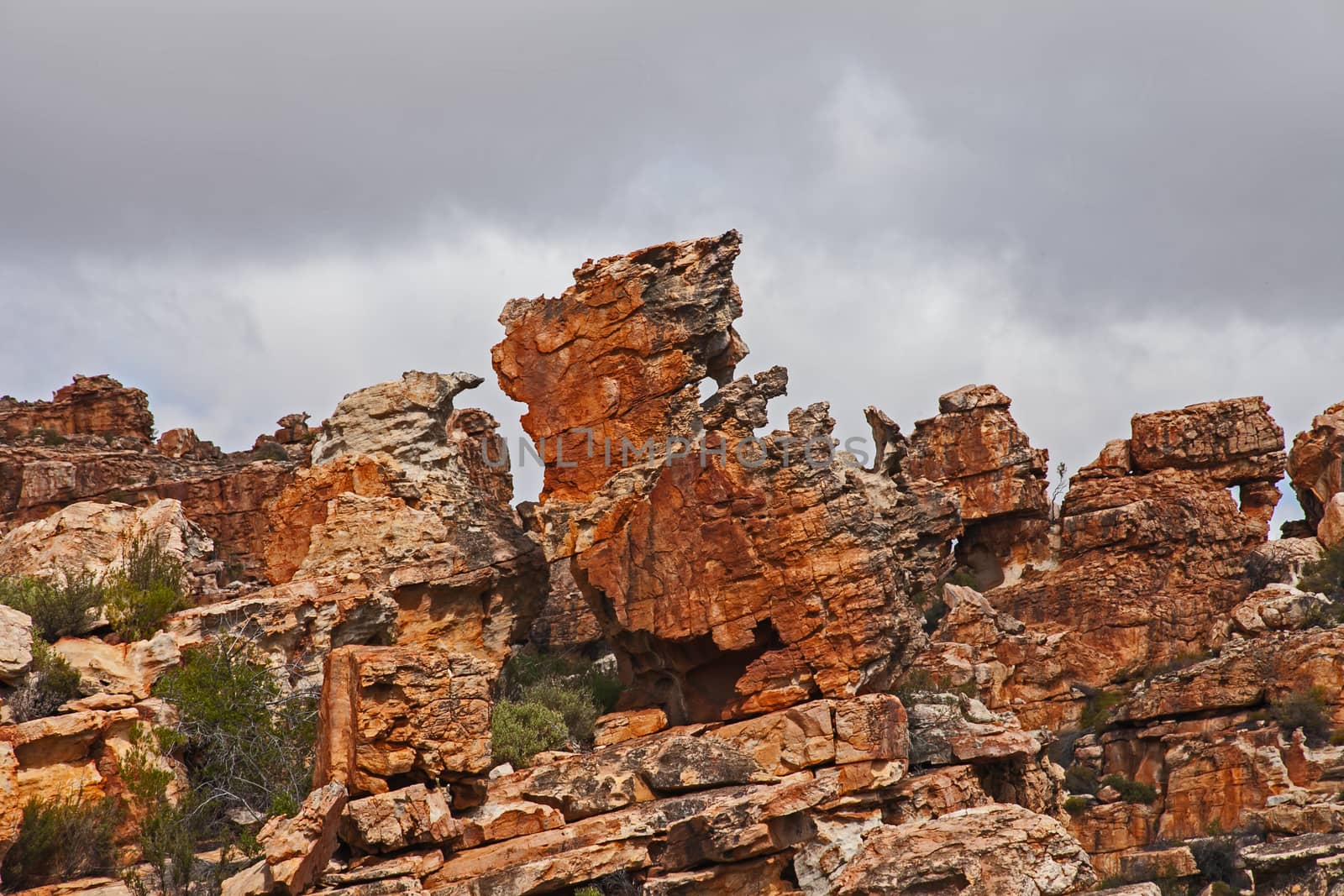
Cederberg Mountain Rock Formations
Stock PhotoUsername
kobus_pecheResolution
4826x3217pxCederberg Mountain Rock Formations

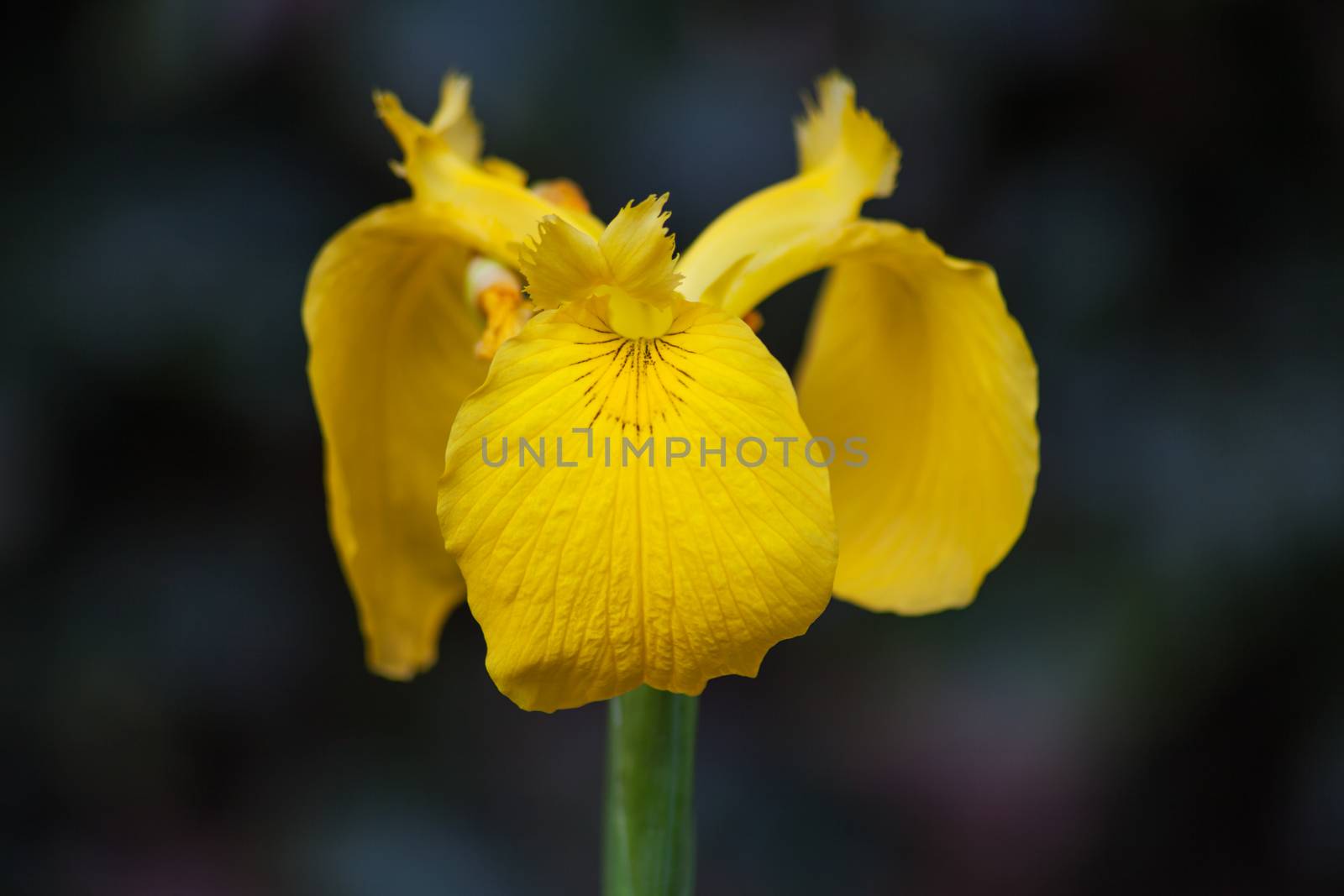
Yellow Flag Iris 10343
Stock PhotoUsername
kobus_pecheResolution
5616x3744pxYellow Flag Iris 10343

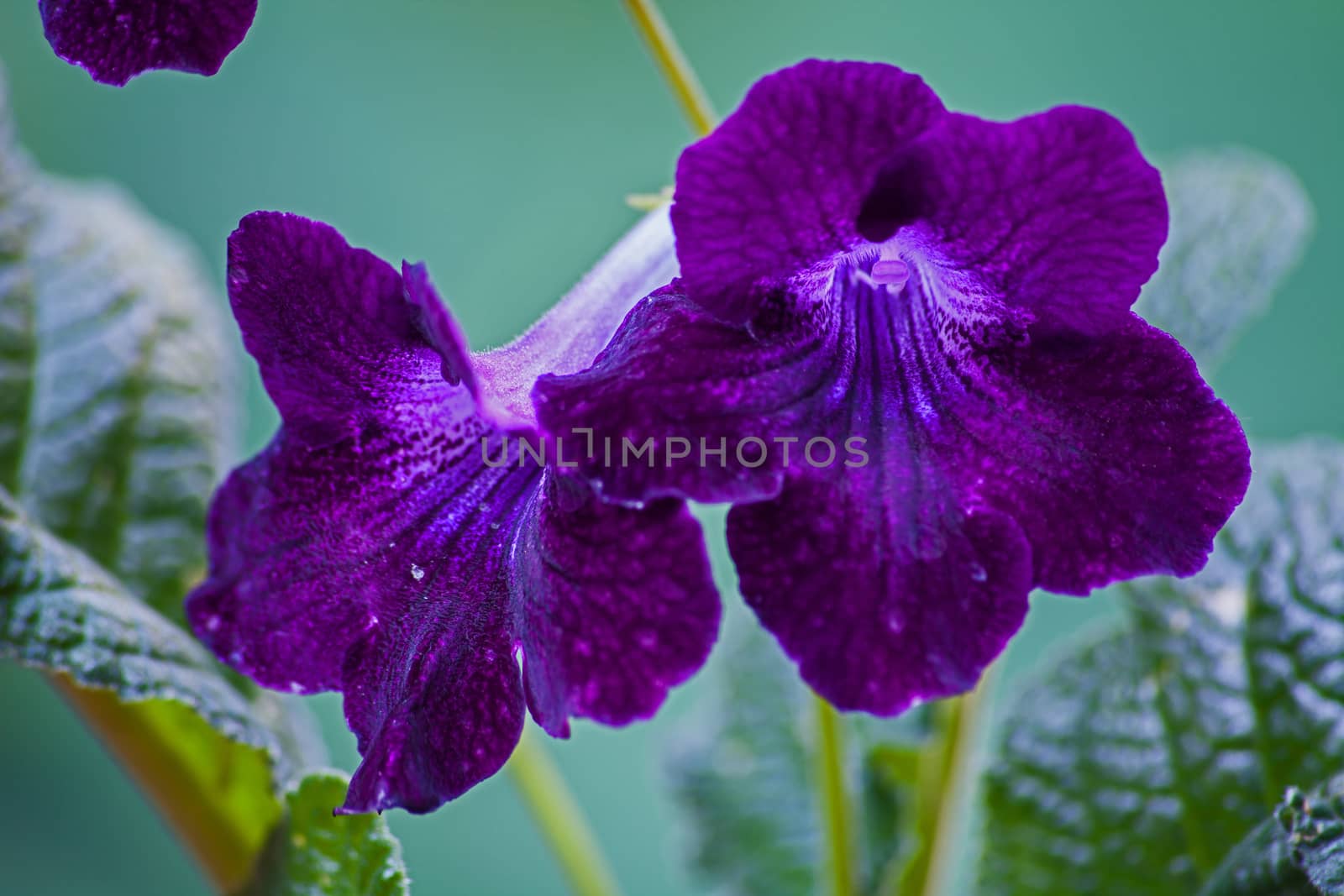
Streptocarpus 6012
Stock PhotoUsername
kobus_pecheResolution
7020x4680pxStreptocarpus 6012

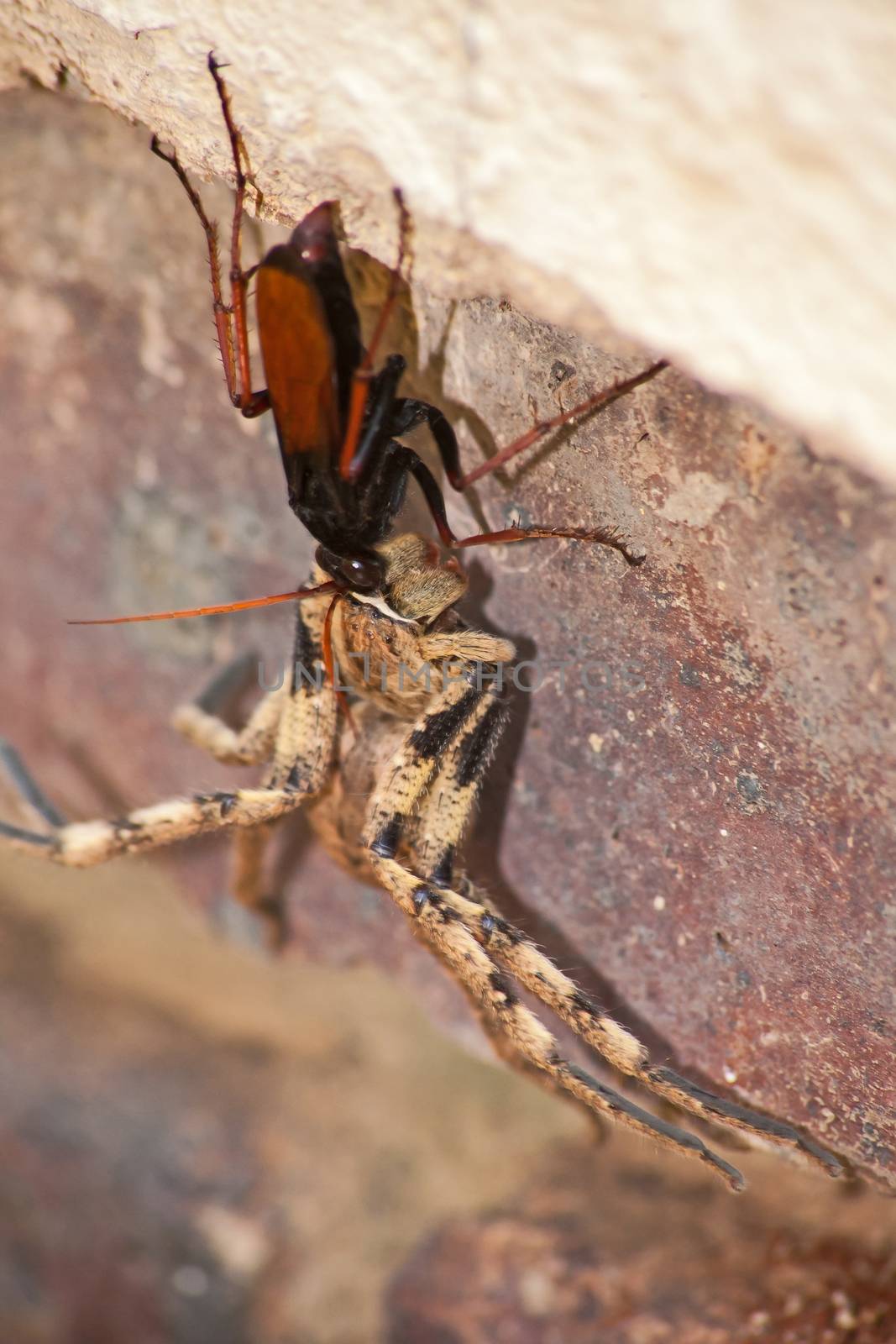
Spider eating wasp, Pompilidae Sp. with it's Rain Spider ( Palystes superciliosus) prey 3
Stock PhotoUsername
kobus_pecheResolution
3217x4826pxSpider eating wasp, Pompilidae Sp. with it's Rain Spider ( Palystes superciliosus) prey 3

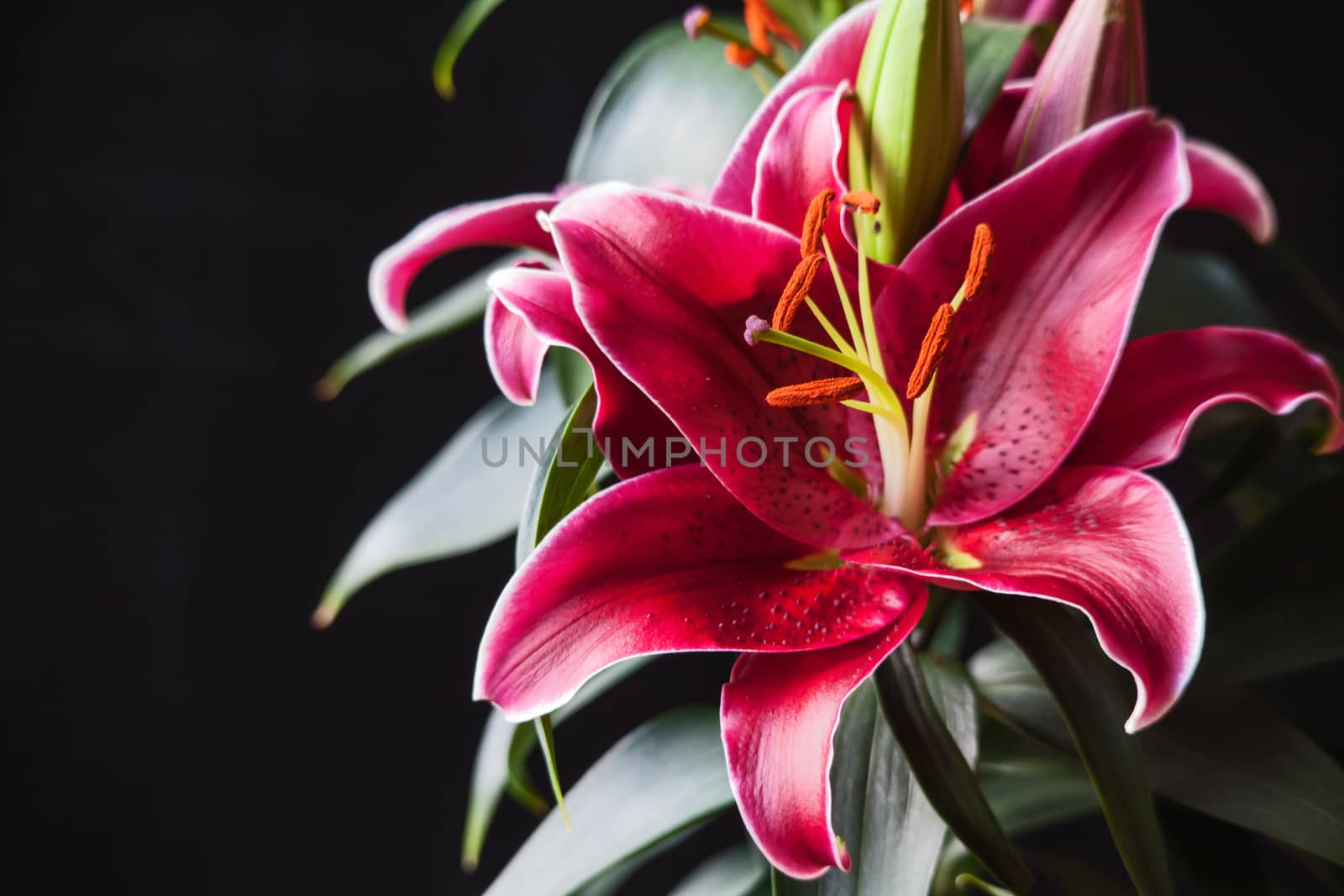
Red Oriental Lily 2
Stock PhotoUsername
kobus_pecheResolution
5616x3744pxRed Oriental Lily 2

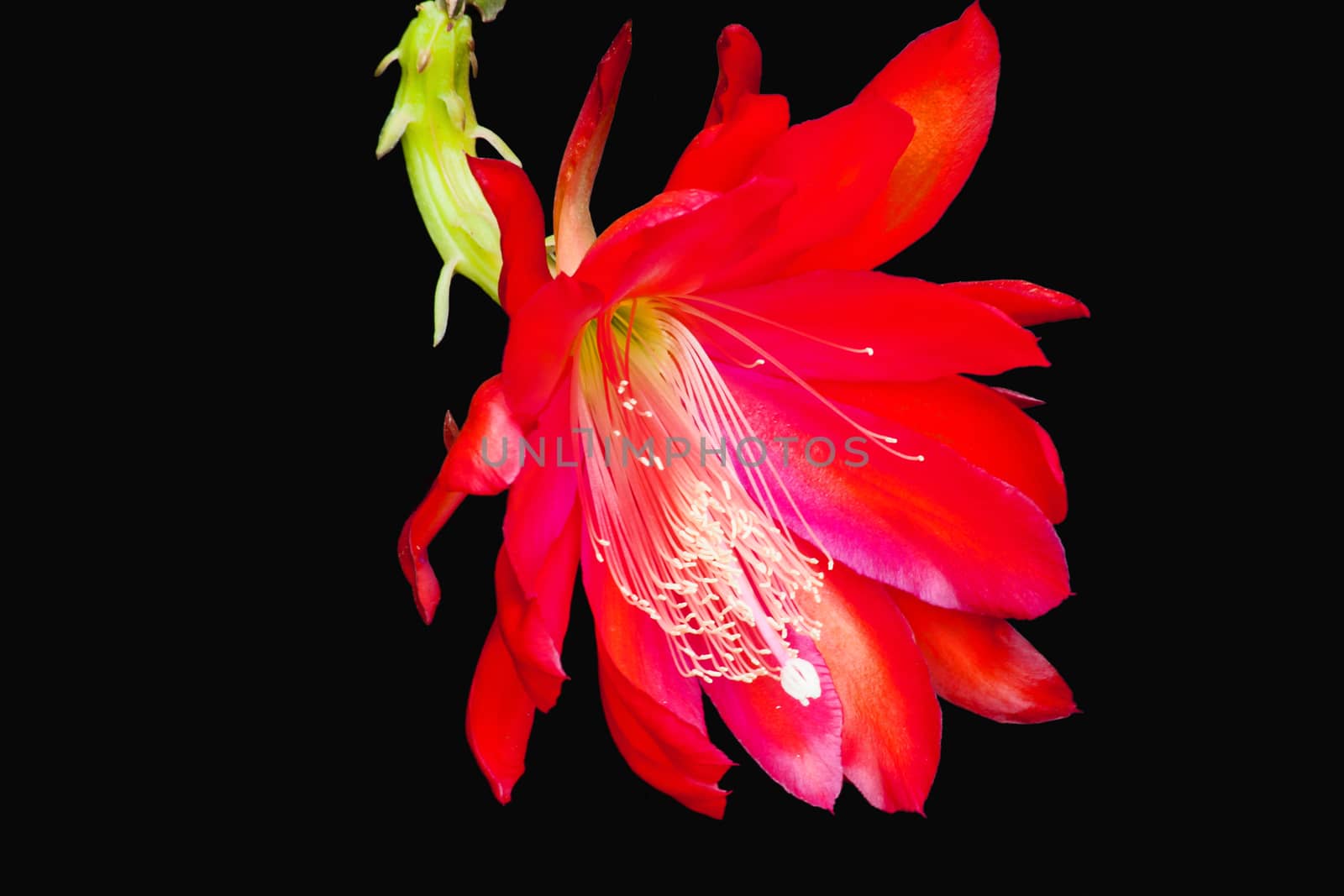
Red Cactus Flower 13026
Stock PhotoUsername
kobus_pecheResolution
3861x2574pxRed Cactus Flower 13026

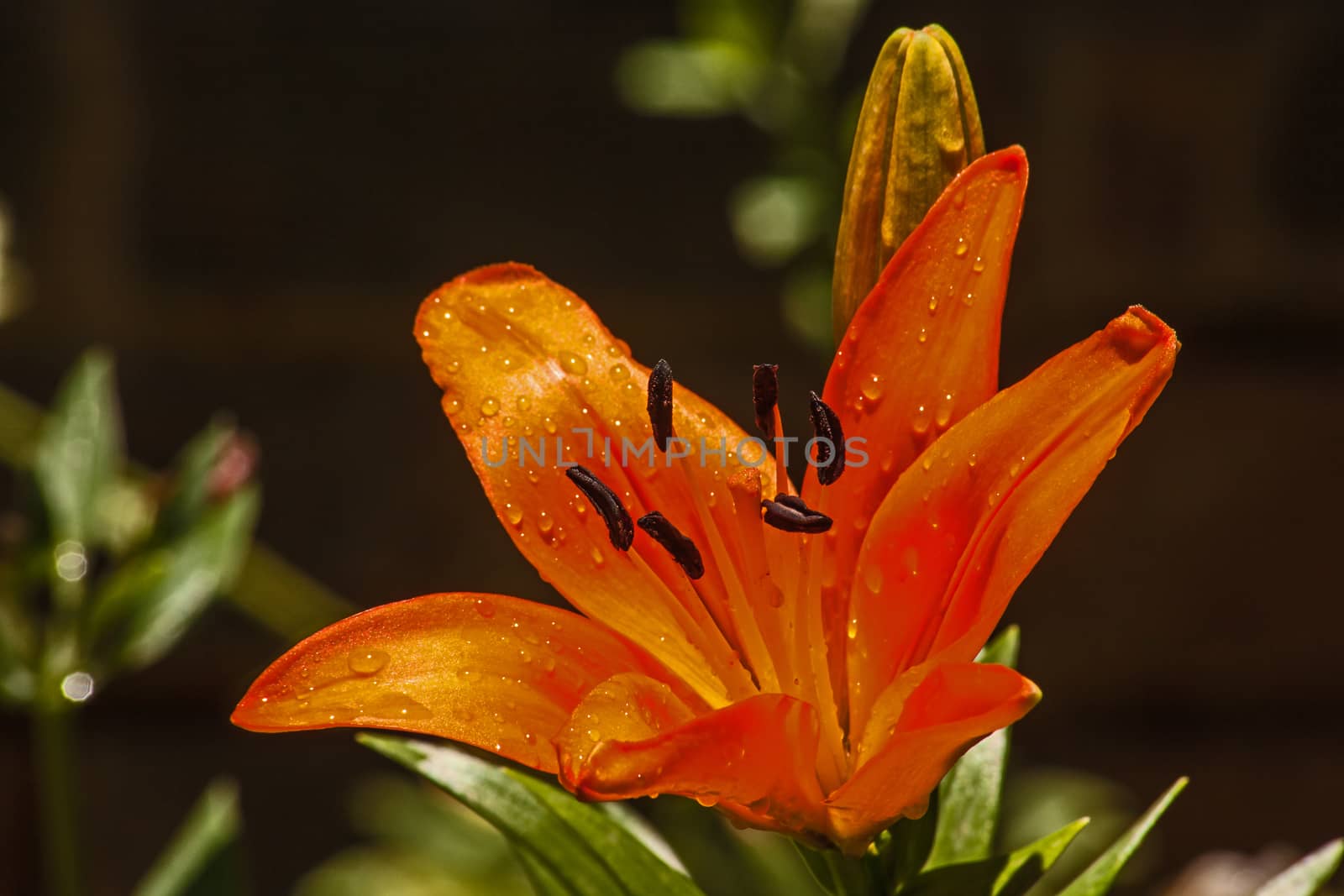
Orange Oriental Lily 2
Stock PhotoUsername
kobus_pecheResolution
5616x3744pxOrange Oriental Lily 2

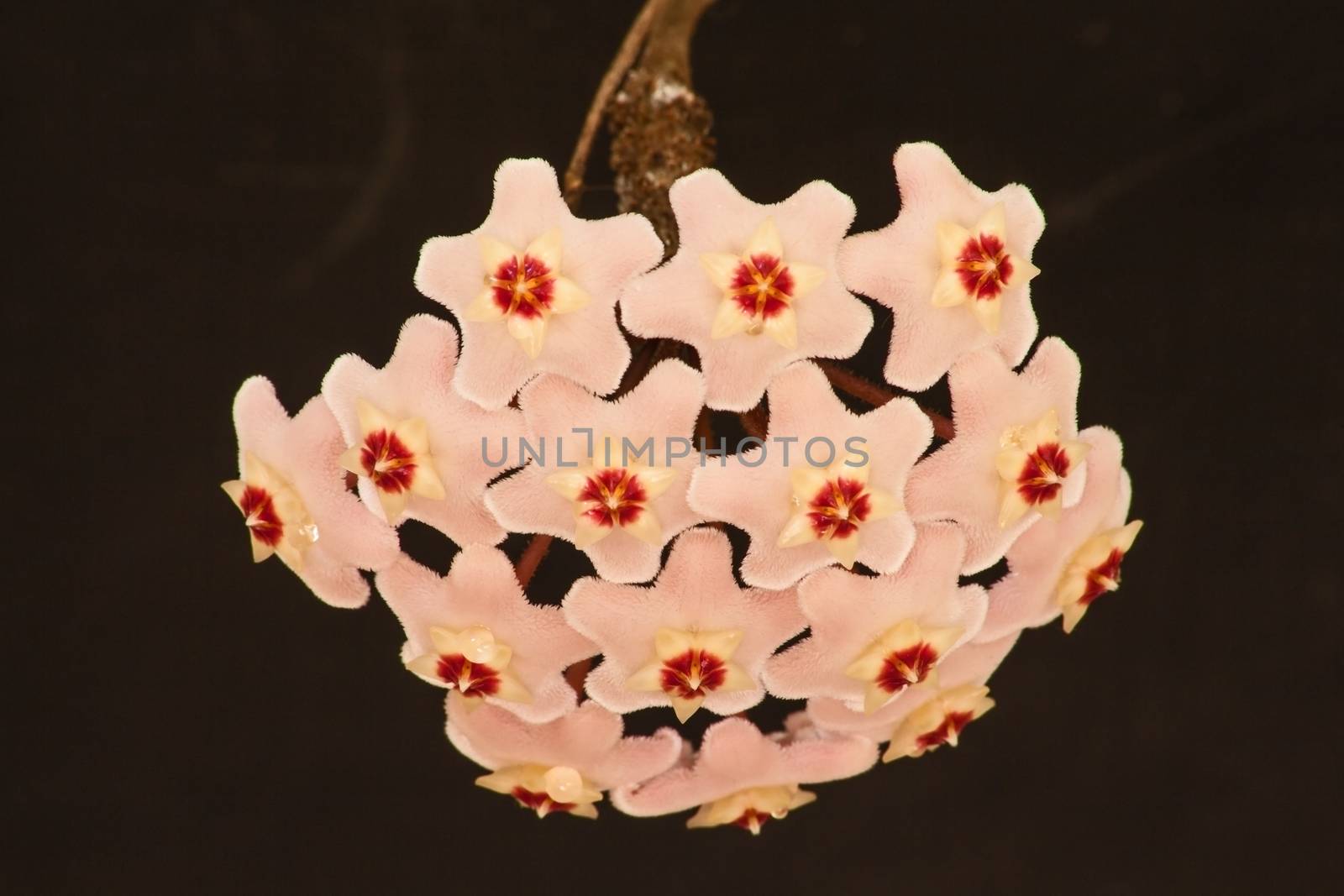
Hoya Waxplant Flower 3
Stock PhotoUsername
kobus_pecheResolution
7020x4680pxHoya Waxplant Flower 3

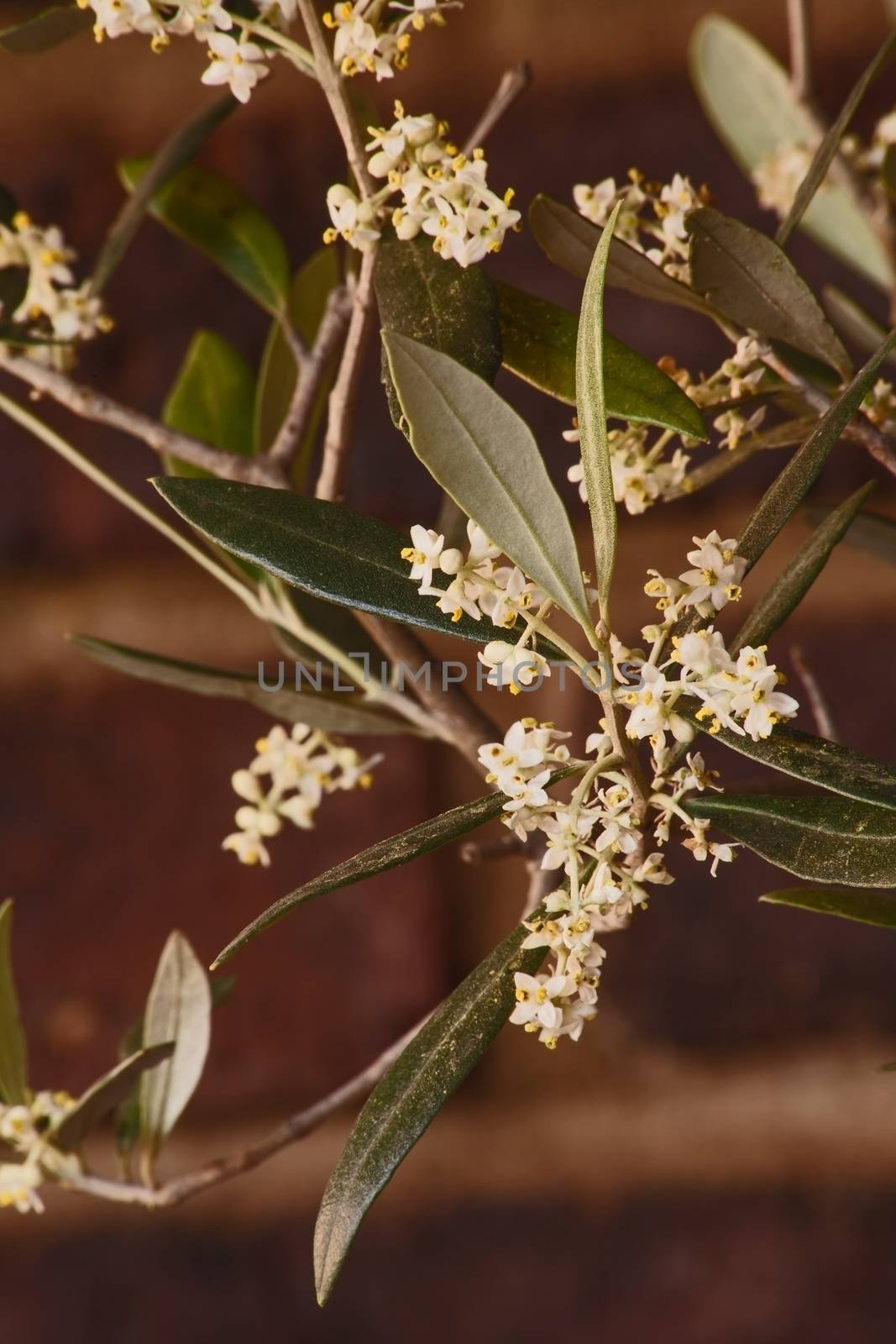
Flowers of the Olive tree Olea europea 10350
Stock PhotoUsername
kobus_pecheResolution
3744x5616pxFlowers of the Olive tree Olea europea 10350

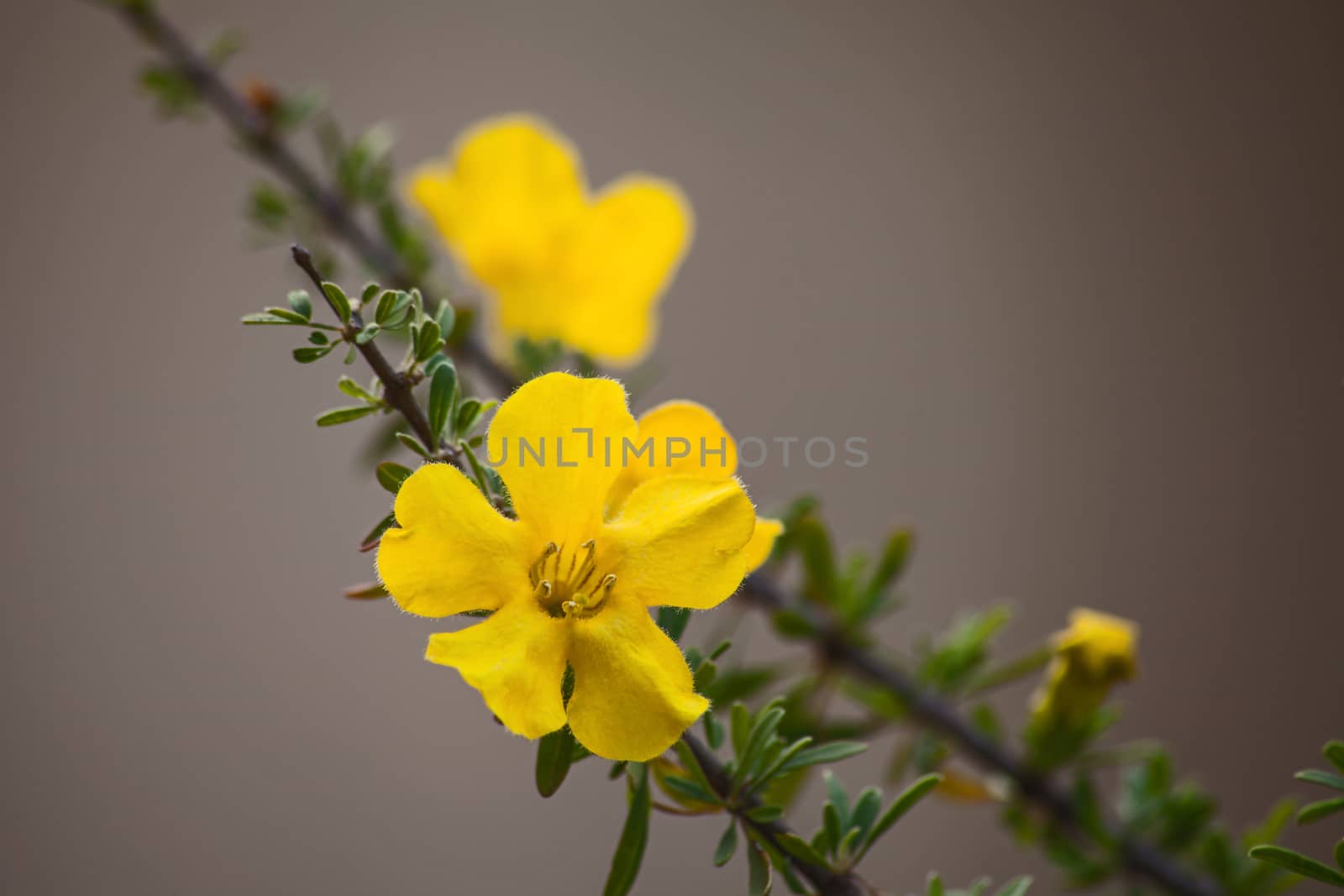
Flowers of the Karoo Gold Rhigozum obovatum Burch 10020
Stock PhotoUsername
kobus_pecheResolution
5616x3744pxFlowers of the Karoo Gold Rhigozum obovatum Burch 10020

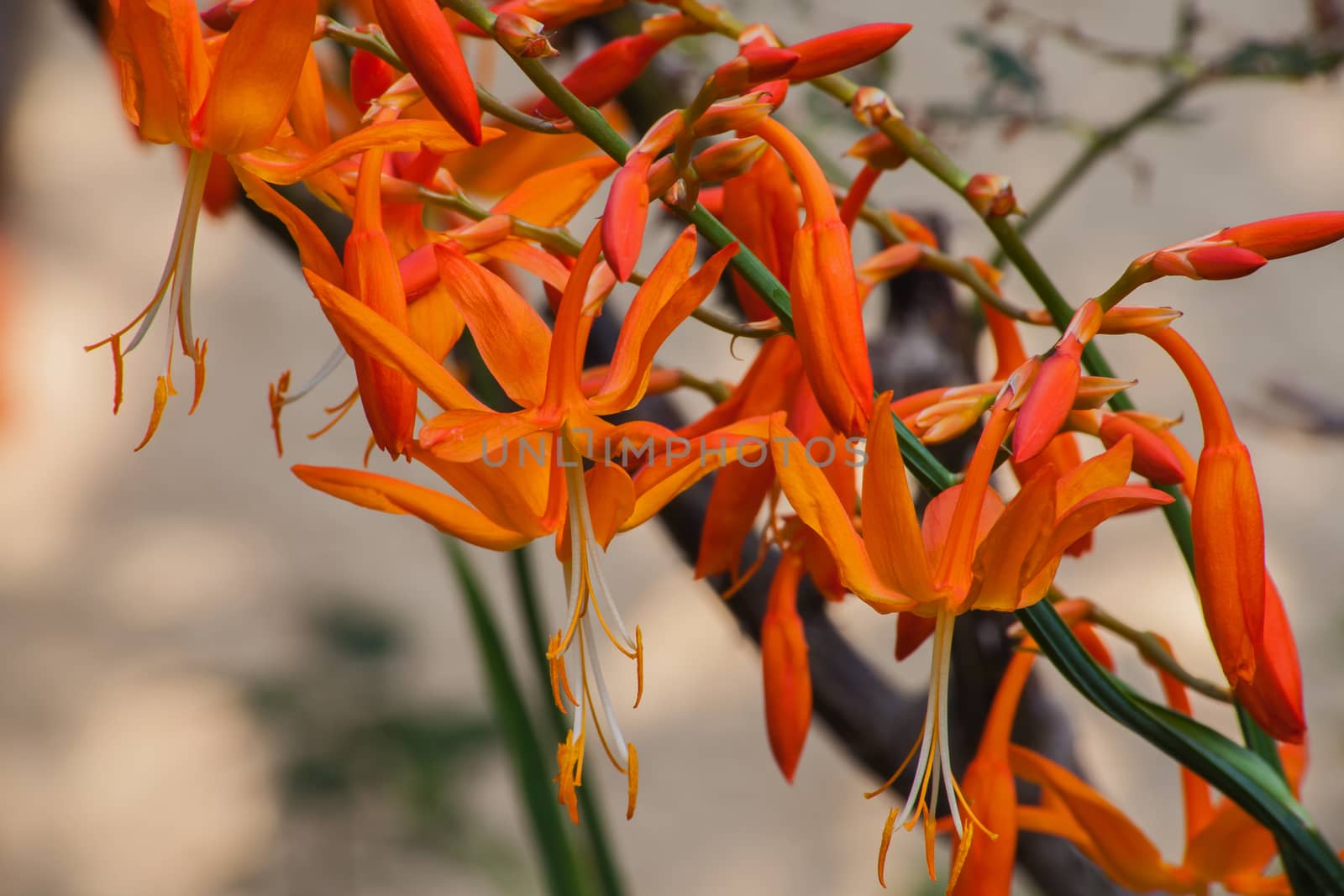
Falling Star Crocosmia aurea 6065
Stock PhotoUsername
kobus_pecheResolution
7020x4680pxFalling Star Crocosmia aurea 6065


Spider eating wasp, Pompilidae Sp. with it's Rain Spider ( Palystes superciliosus) prey 2
Stock PhotoUsername
kobus_pecheResolution
3217x4826pxSpider eating wasp, Pompilidae Sp. with it's Rain Spider ( Palystes superciliosus) prey 2
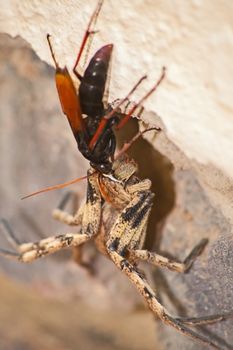
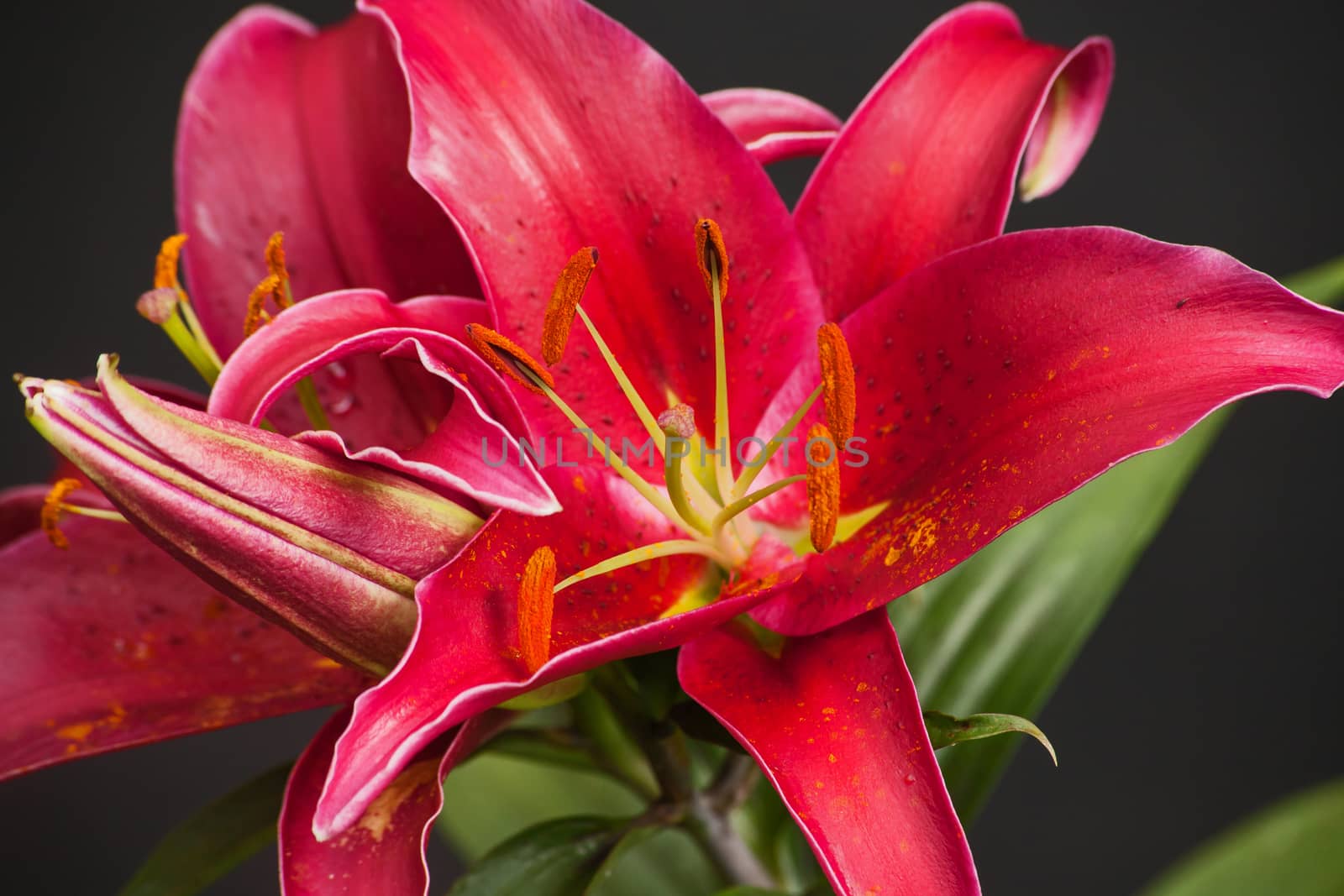
Red Oriental Lily 4
Stock PhotoUsername
kobus_pecheResolution
7020x4680pxRed Oriental Lily 4

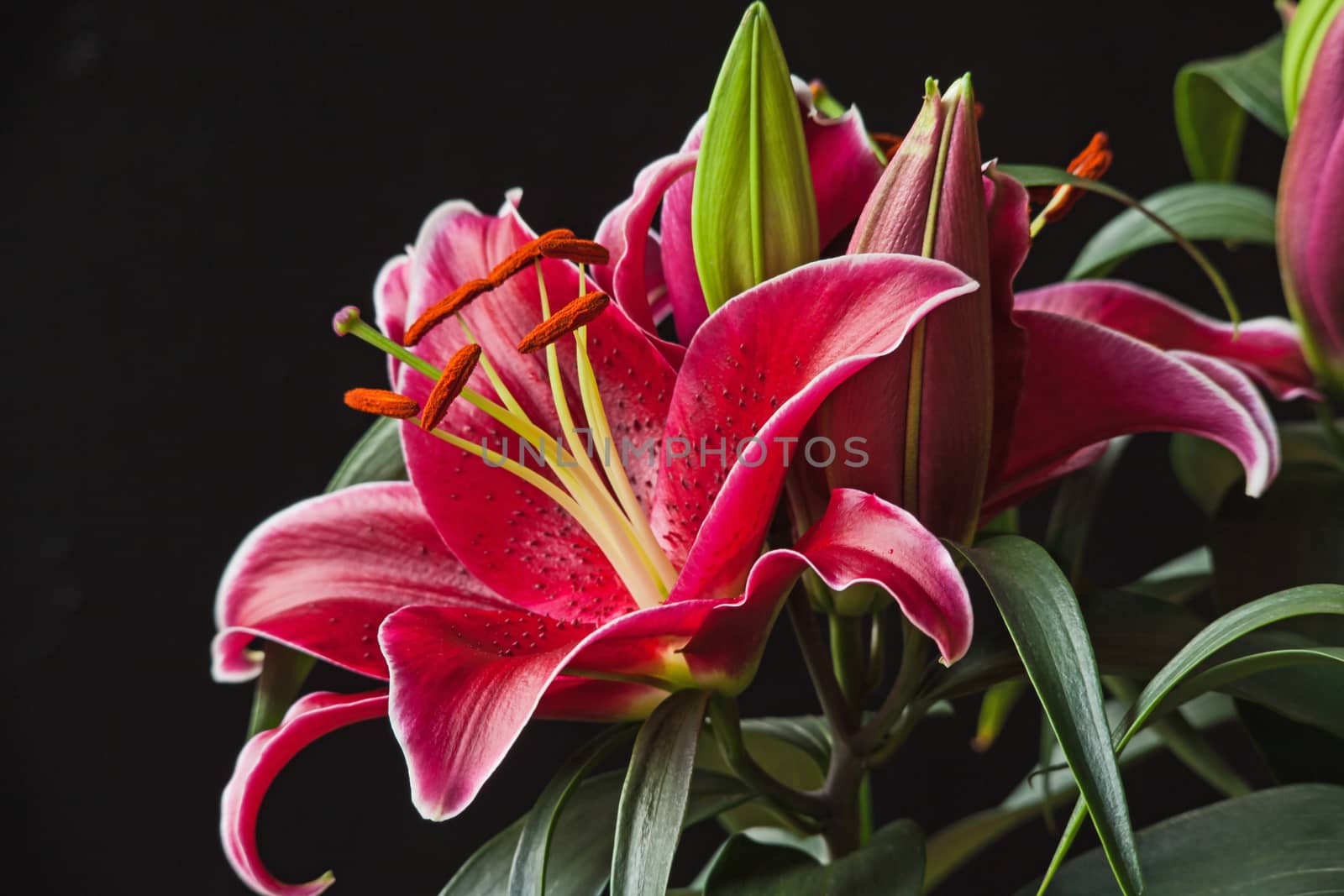
Red Oriental Lily 1
Stock PhotoUsername
kobus_pecheResolution
5616x3744pxRed Oriental Lily 1

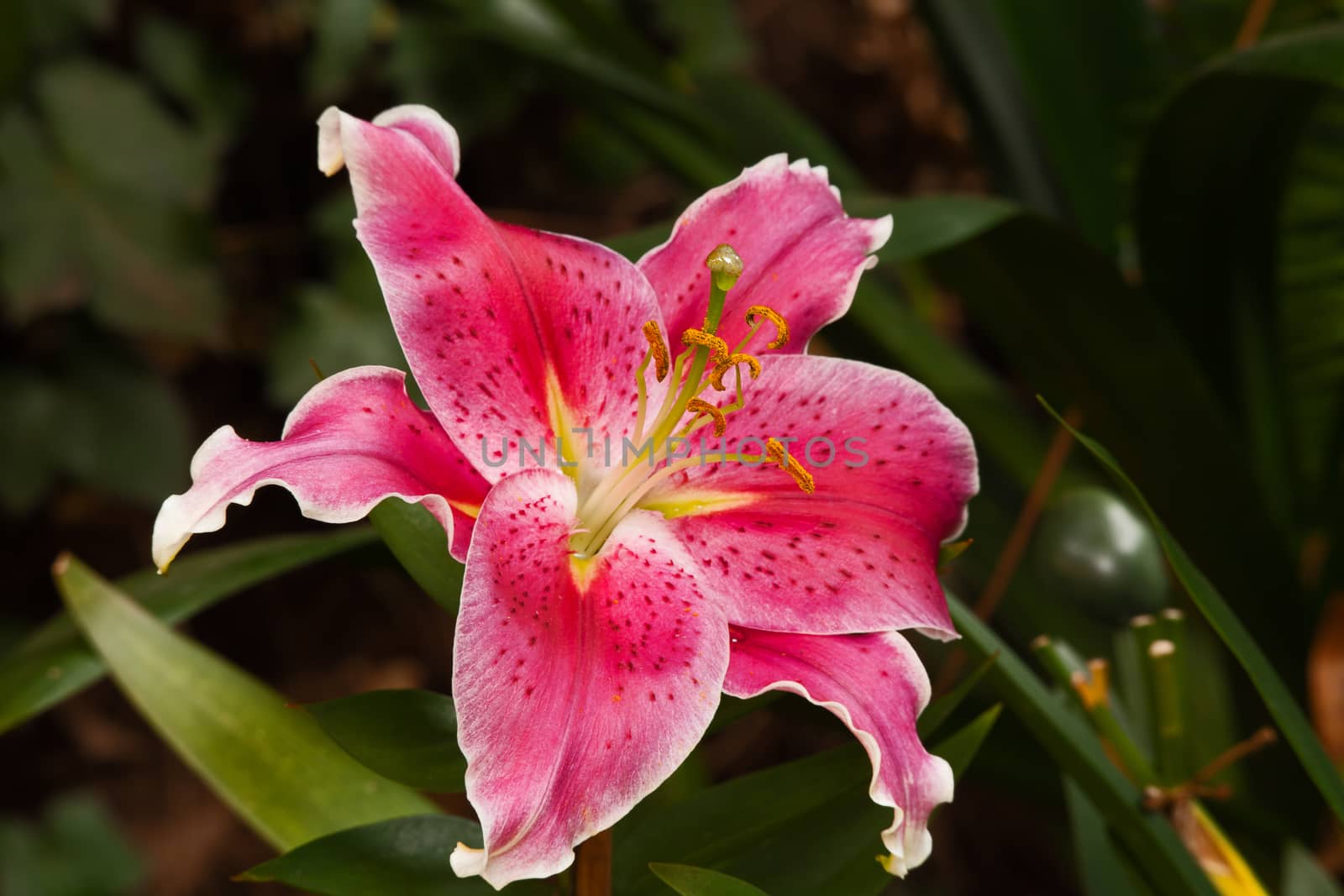
Pink Oriental Lily 1
Stock PhotoUsername
kobus_pecheResolution
7020x4680pxPink Oriental Lily 1

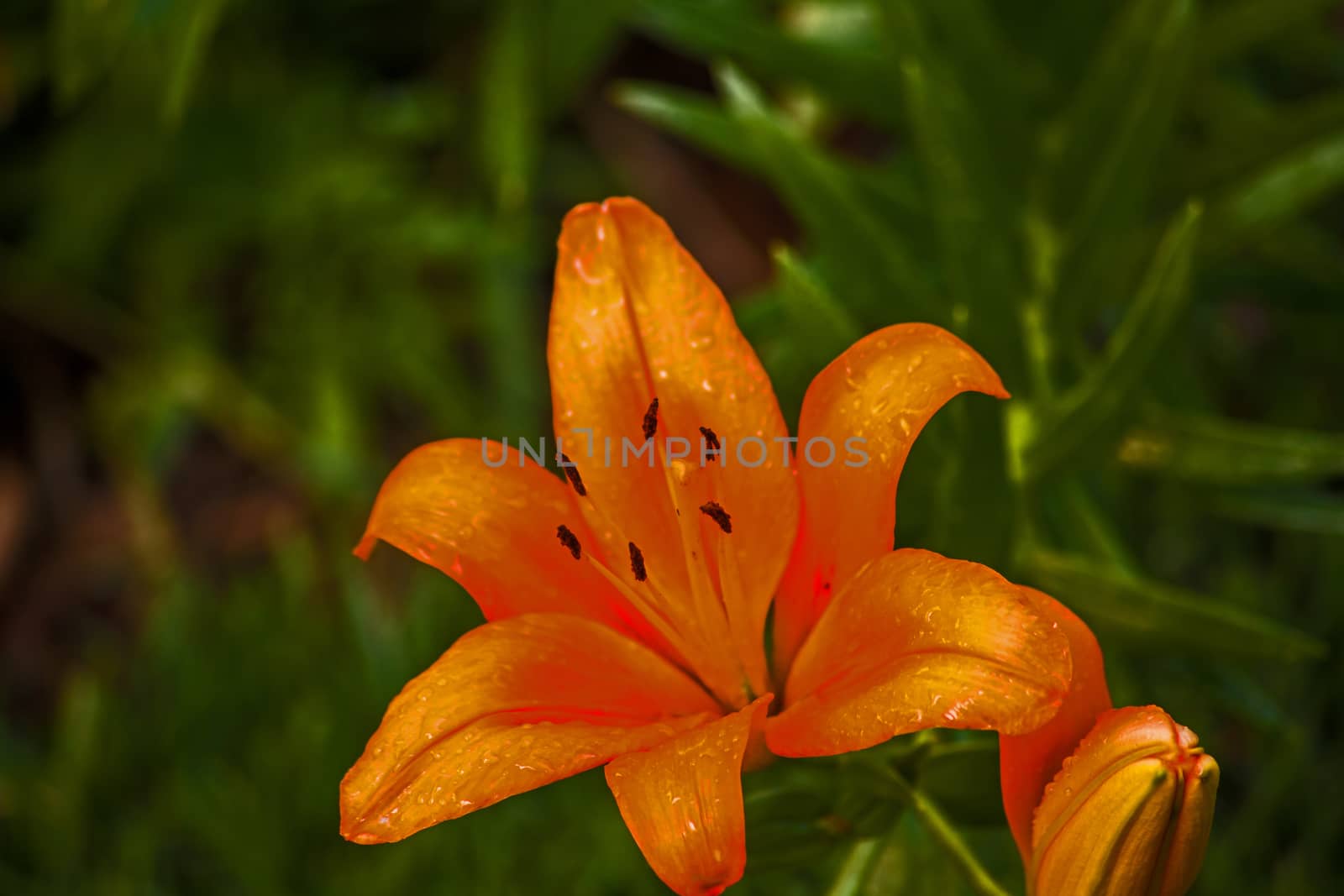
Orange Oriental Lily 1
Stock PhotoUsername
kobus_pecheResolution
5616x3744pxOrange Oriental Lily 1

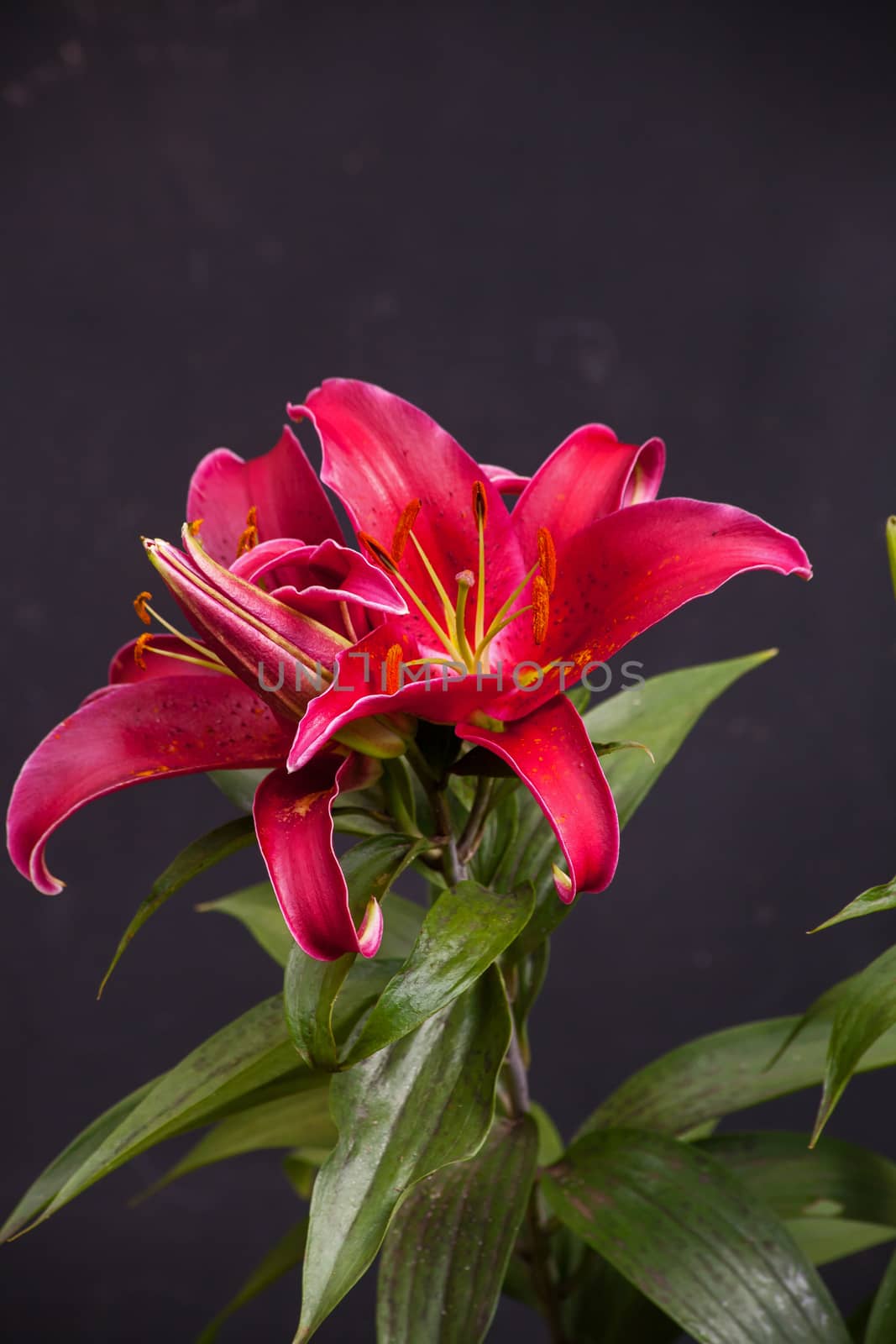
Red Oriental Lily 3
Stock PhotoUsername
kobus_pecheResolution
4680x7020pxRed Oriental Lily 3


Cederberg sandstone formations
Stock PhotoUsername
kobus_pecheResolution
4826x3217pxCederberg sandstone formations
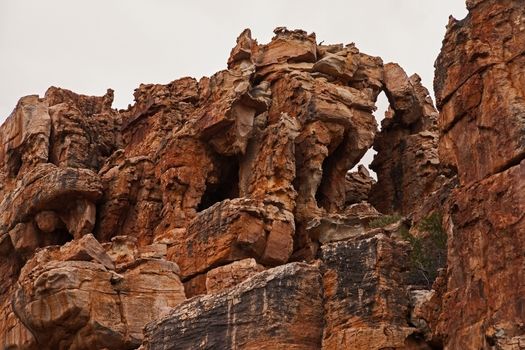
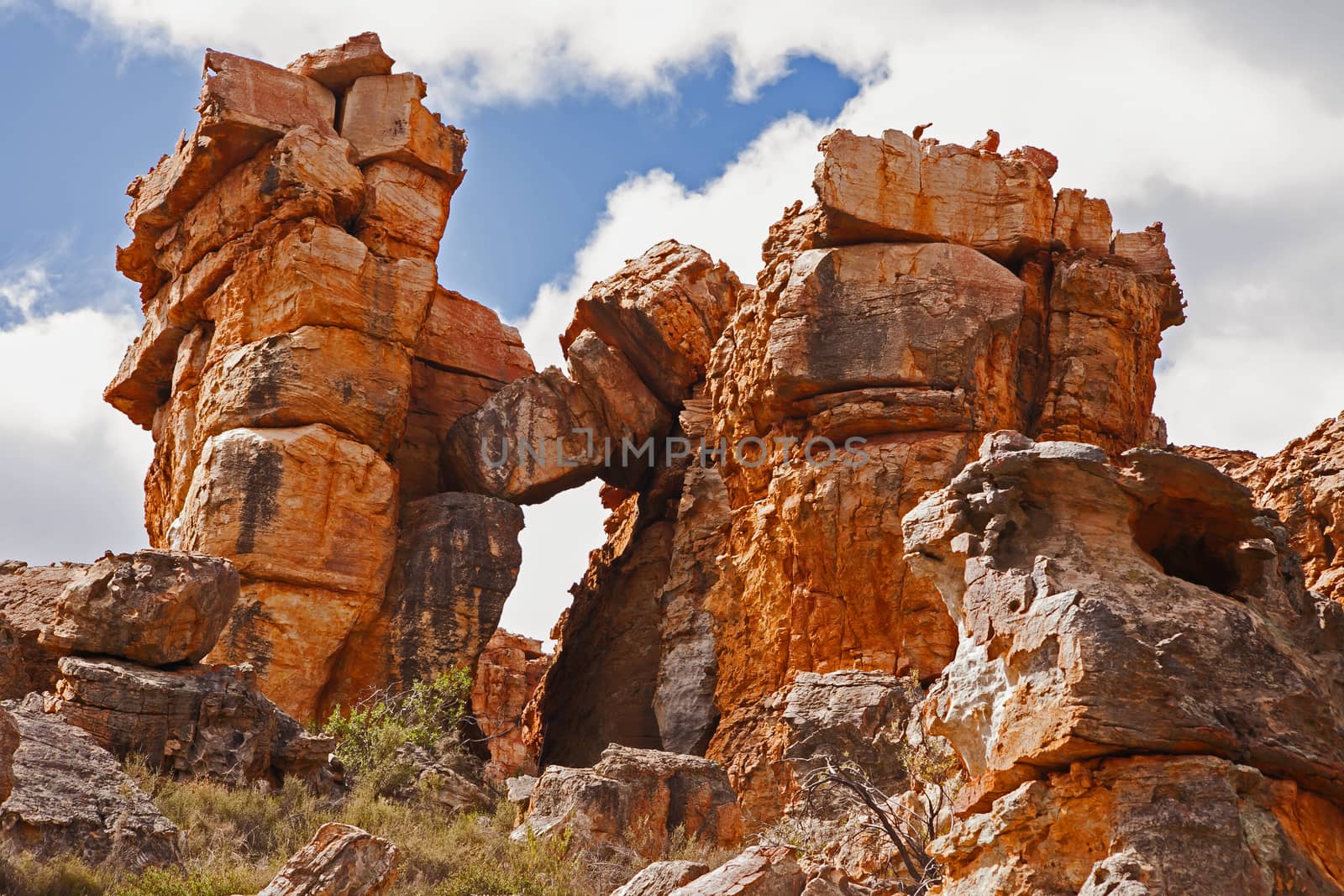
Cederberg Sandstone Formations
Stock PhotoUsername
kobus_pecheResolution
4826x3217pxCederberg Sandstone Formations


Cederberg rock formations at Stadsaal Caves 14
Stock PhotoUsername
kobus_pecheResolution
3861x2574pxCederberg rock formations at Stadsaal Caves 14
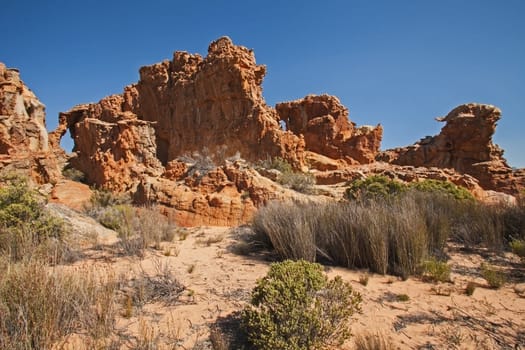

Cederberg rock formations at Stadsaal Caves 13
Stock PhotoUsername
kobus_pecheResolution
2574x3861pxCederberg rock formations at Stadsaal Caves 13
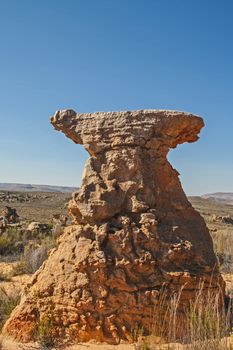

Spider eating wasp, Pompilidae Sp. with it's Rain Spider ( Palystes superciliosus) prey 1
Stock PhotoUsername
kobus_pecheResolution
2529x4316pxSpider eating wasp, Pompilidae Sp. with it's Rain Spider ( Palystes superciliosus) prey 1
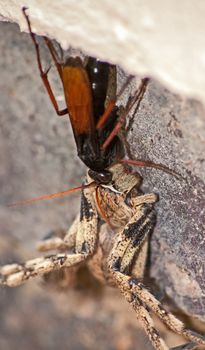

Lily of the Incas in the garden
Stock PhotoUsername
kobus_pecheResolution
5616x3744pxLily of the Incas in the garden
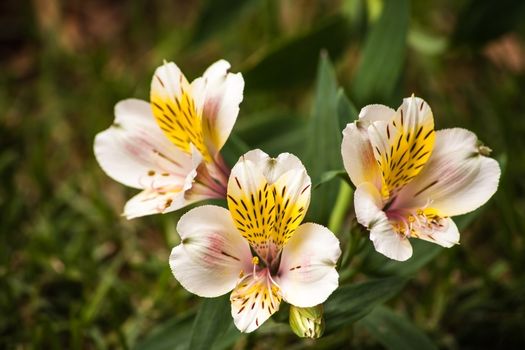
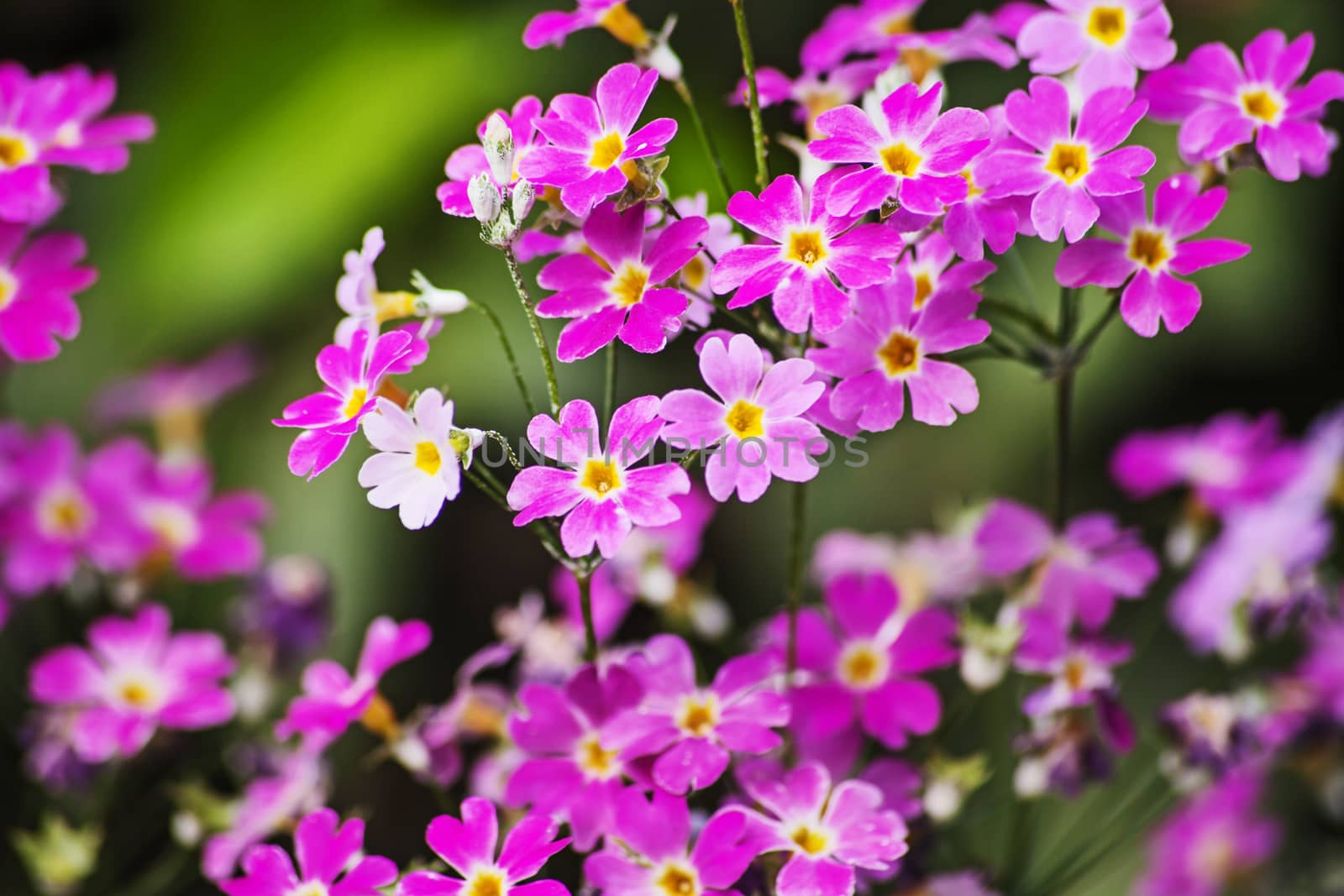
Fairy Primula (Primula malacoides) macro
Stock PhotoUsername
kobus_pecheResolution
5616x3744pxFairy Primula (Primula malacoides) macro


Cederberg rock formations at Stadsaal Caves 16
Stock PhotoUsername
kobus_pecheResolution
3861x2574pxCederberg rock formations at Stadsaal Caves 16
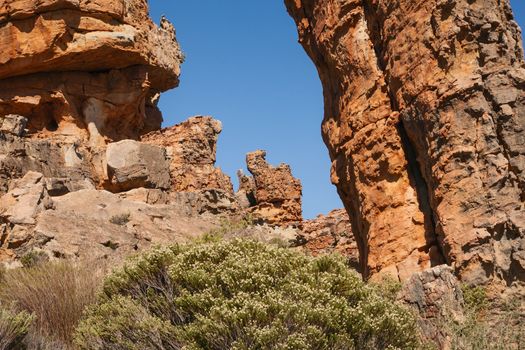
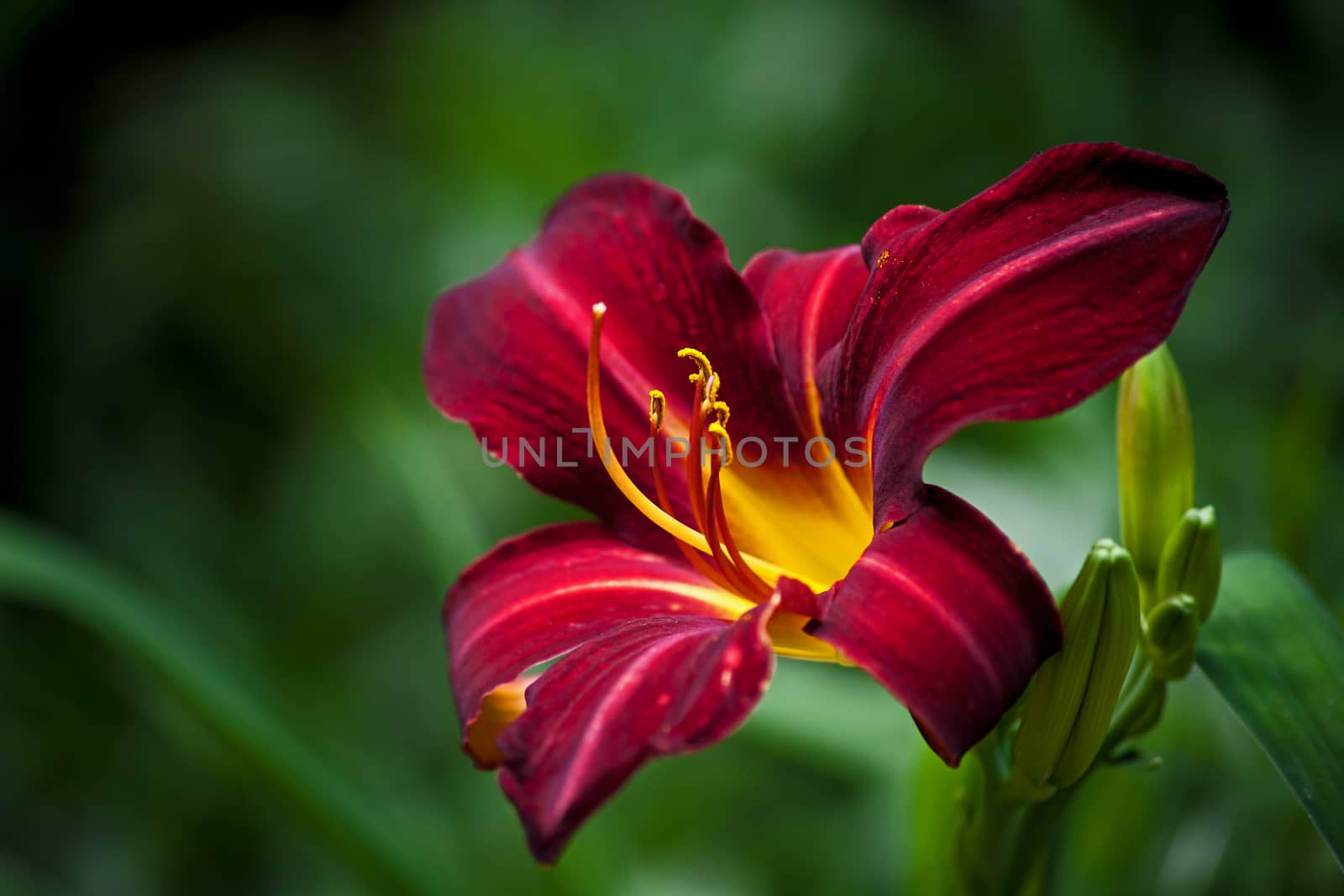
Burgundy Day Lily (Hemerocallis) cultivar in the garden
Stock PhotoUsername
kobus_pecheResolution
5616x3744pxBurgundy Day Lily (Hemerocallis) cultivar in the garden

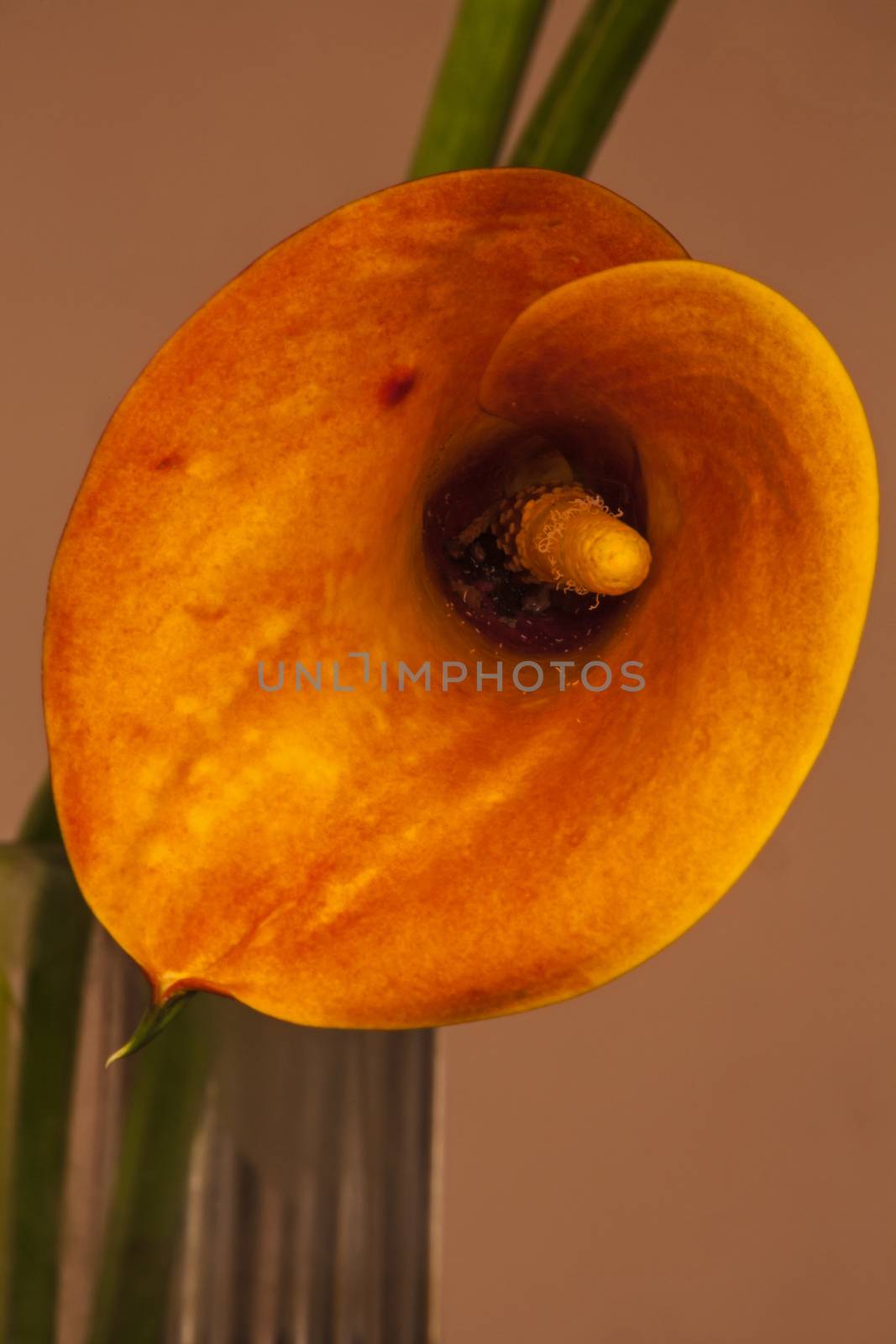
Arum Lily (Zantedeschia pentlandii) hybrid 1
Stock PhotoUsername
kobus_pecheResolution
3744x5616pxArum Lily (Zantedeschia pentlandii) hybrid 1

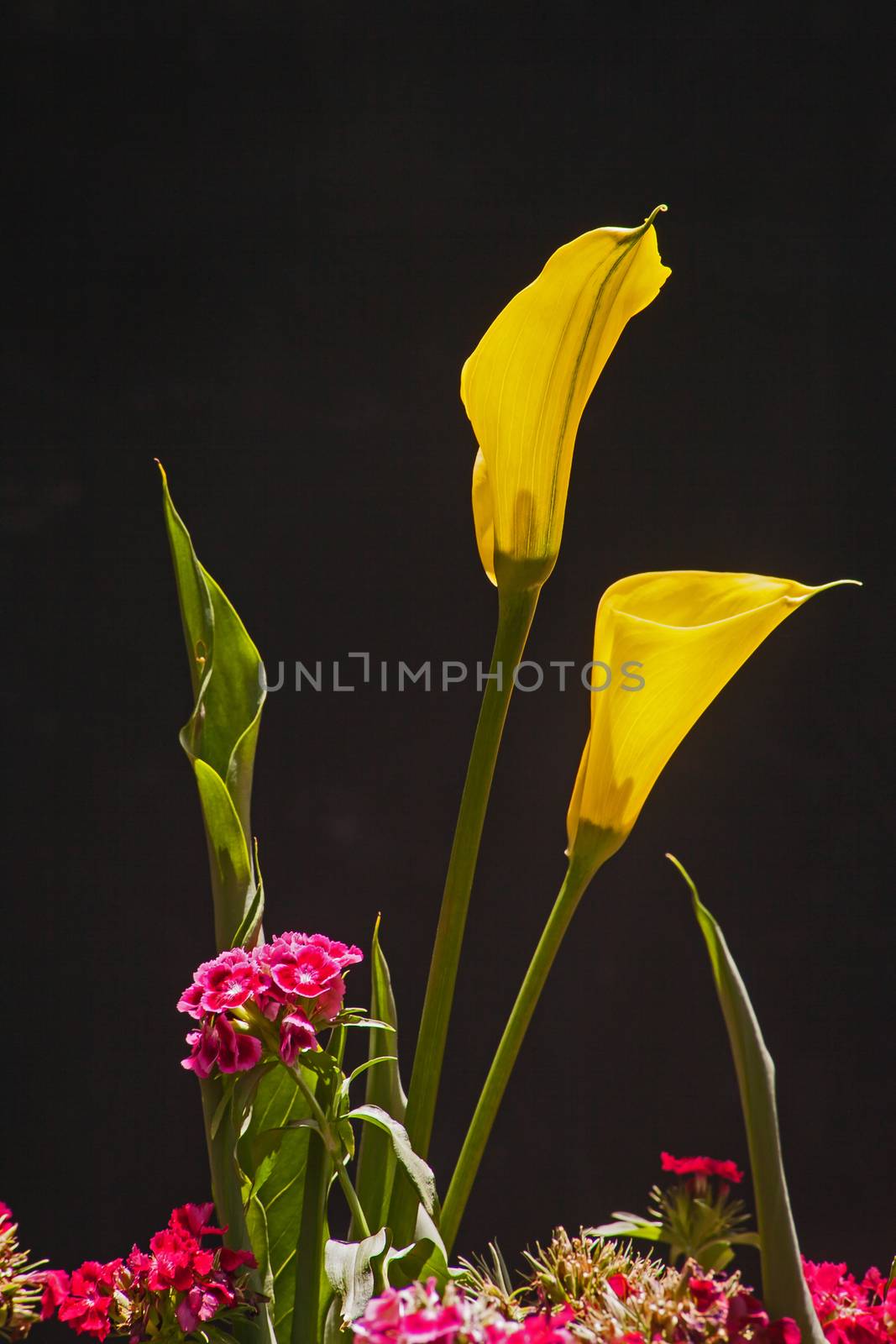
Yellow Arum Lily Zantedeschia elliottiana 2
Stock PhotoUsername
kobus_pecheResolution
3217x4826pxYellow Arum Lily Zantedeschia elliottiana 2

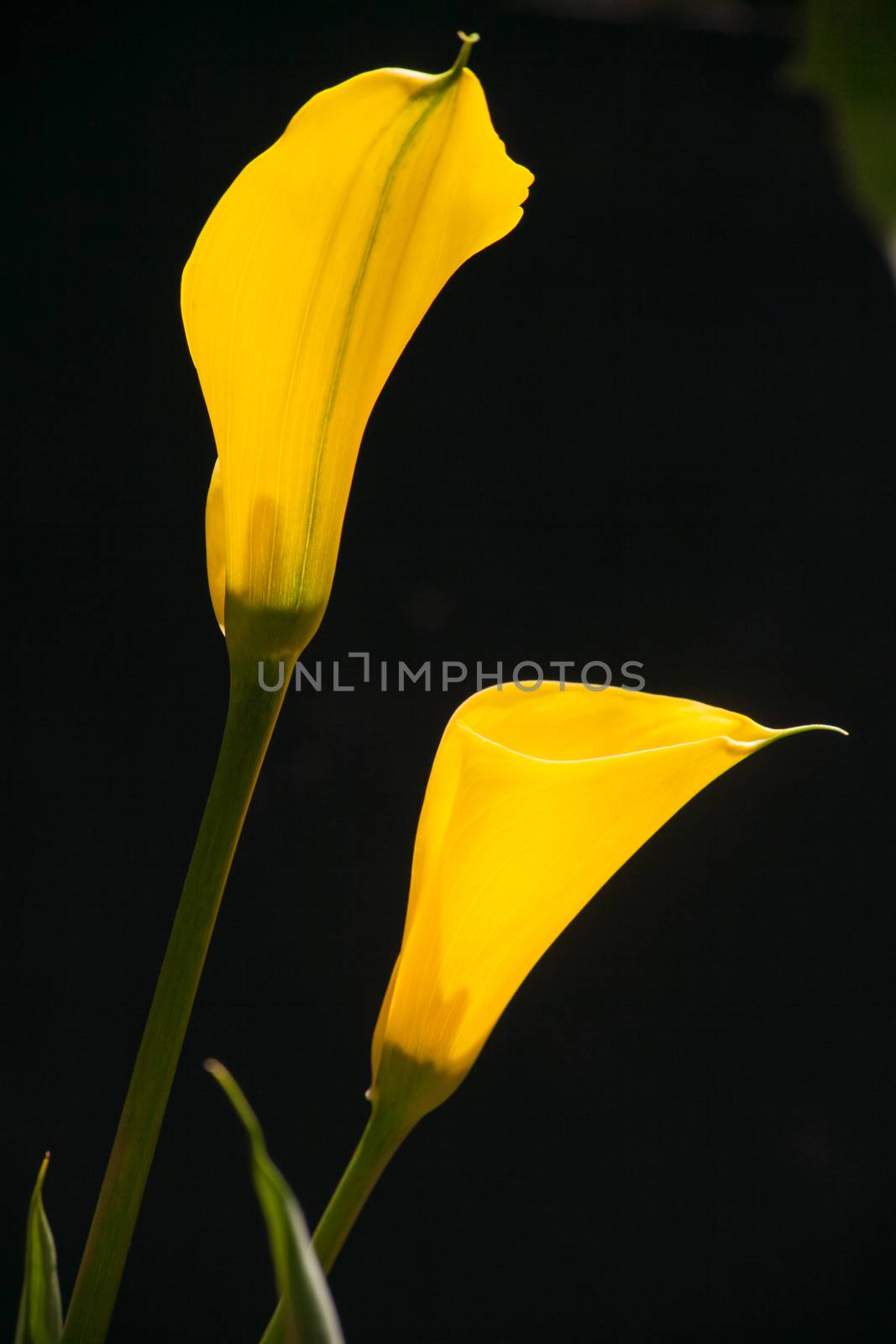
Yellow Arum Lily Zantedeschia elliottiana 1
Stock PhotoUsername
kobus_pecheResolution
3217x4826pxYellow Arum Lily Zantedeschia elliottiana 1

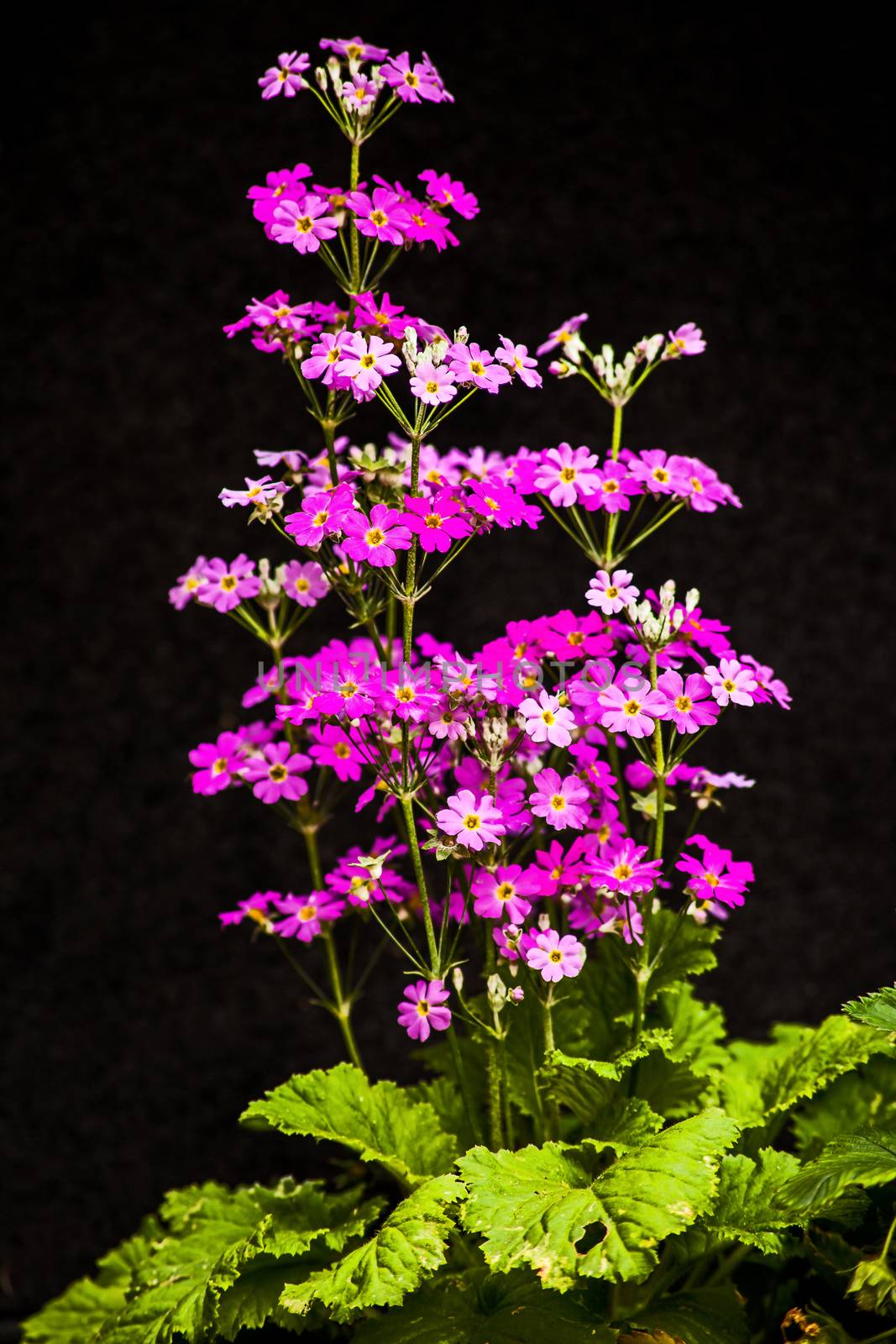
Fairy Primula with pink flowers on black.
Stock PhotoUsername
kobus_pecheResolution
3744x5616pxFairy Primula with pink flowers on black.

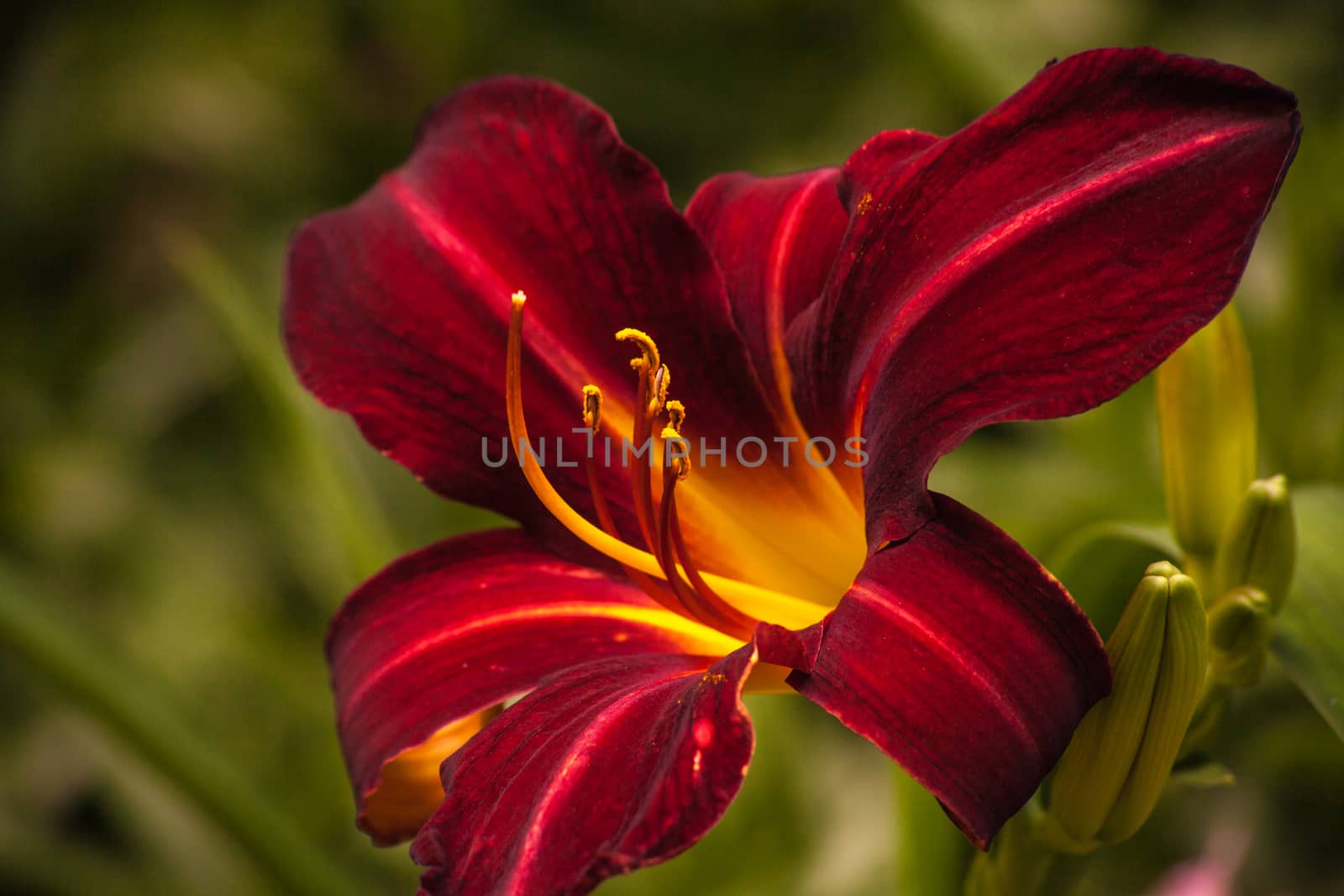
Burgundy Day Lily (Hemerocallis) cultivar.
Stock PhotoUsername
kobus_pecheResolution
5616x3744pxBurgundy Day Lily (Hemerocallis) cultivar.


Arum Lily (Zantedeschia pentlandii) hybrid 3
Stock PhotoUsername
kobus_pecheResolution
3861x2574pxArum Lily (Zantedeschia pentlandii) hybrid 3
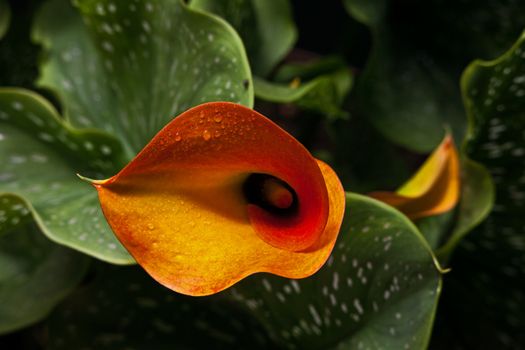

Arum Lily (Zantedeschia pentlandii) hybrid 2
Stock PhotoUsername
kobus_pecheResolution
4826x3217pxArum Lily (Zantedeschia pentlandii) hybrid 2
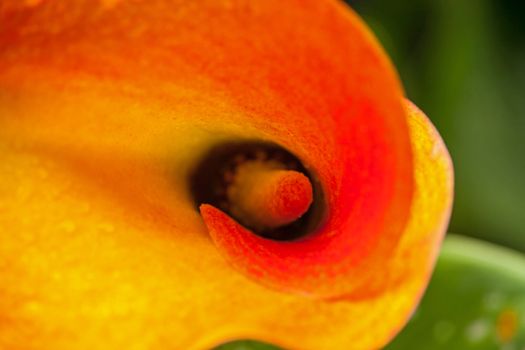
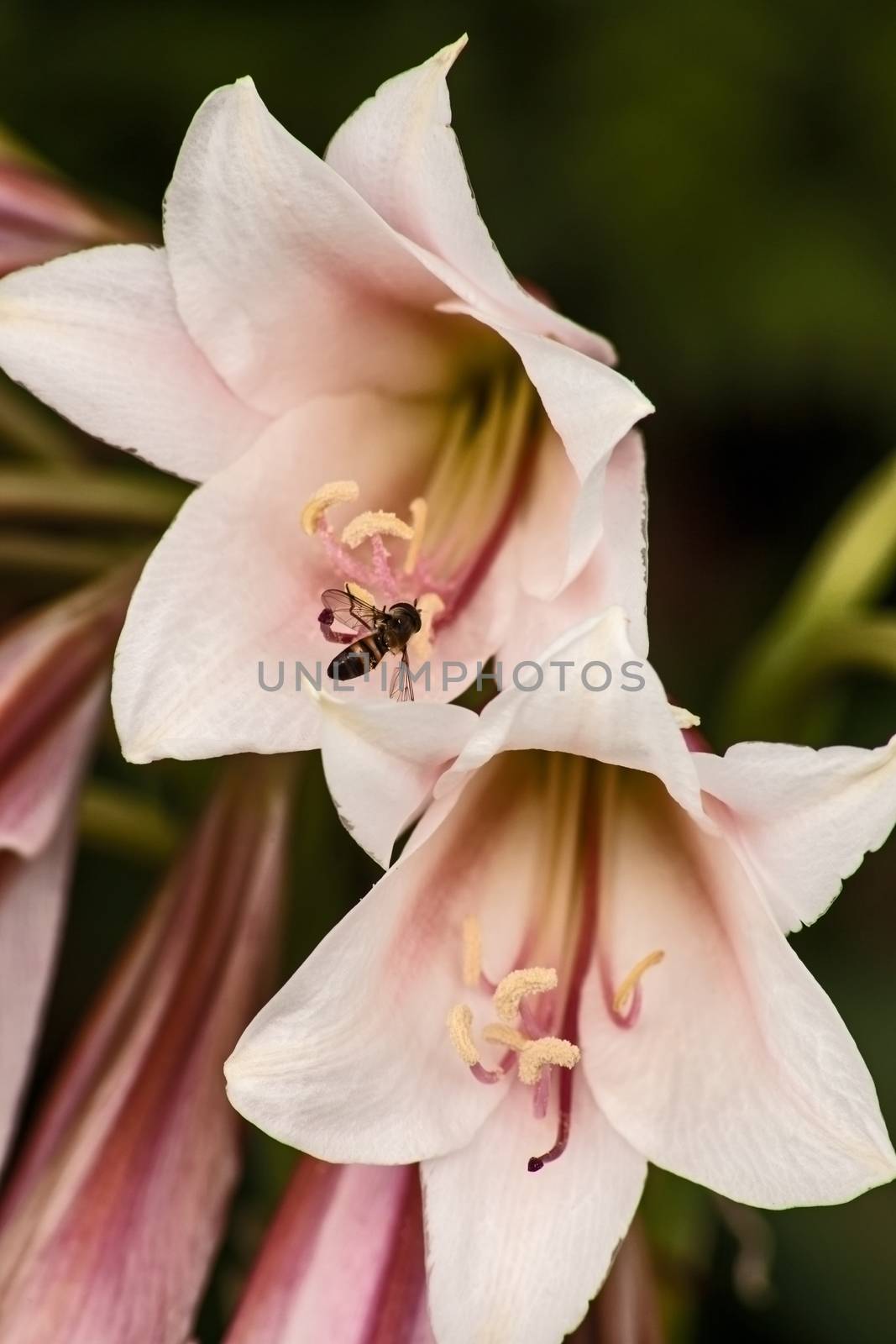
Vaal River Lily (Crinum bulbispermum)
Stock PhotoUsername
kobus_pecheResolution
3744x5616pxVaal River Lily (Crinum bulbispermum)

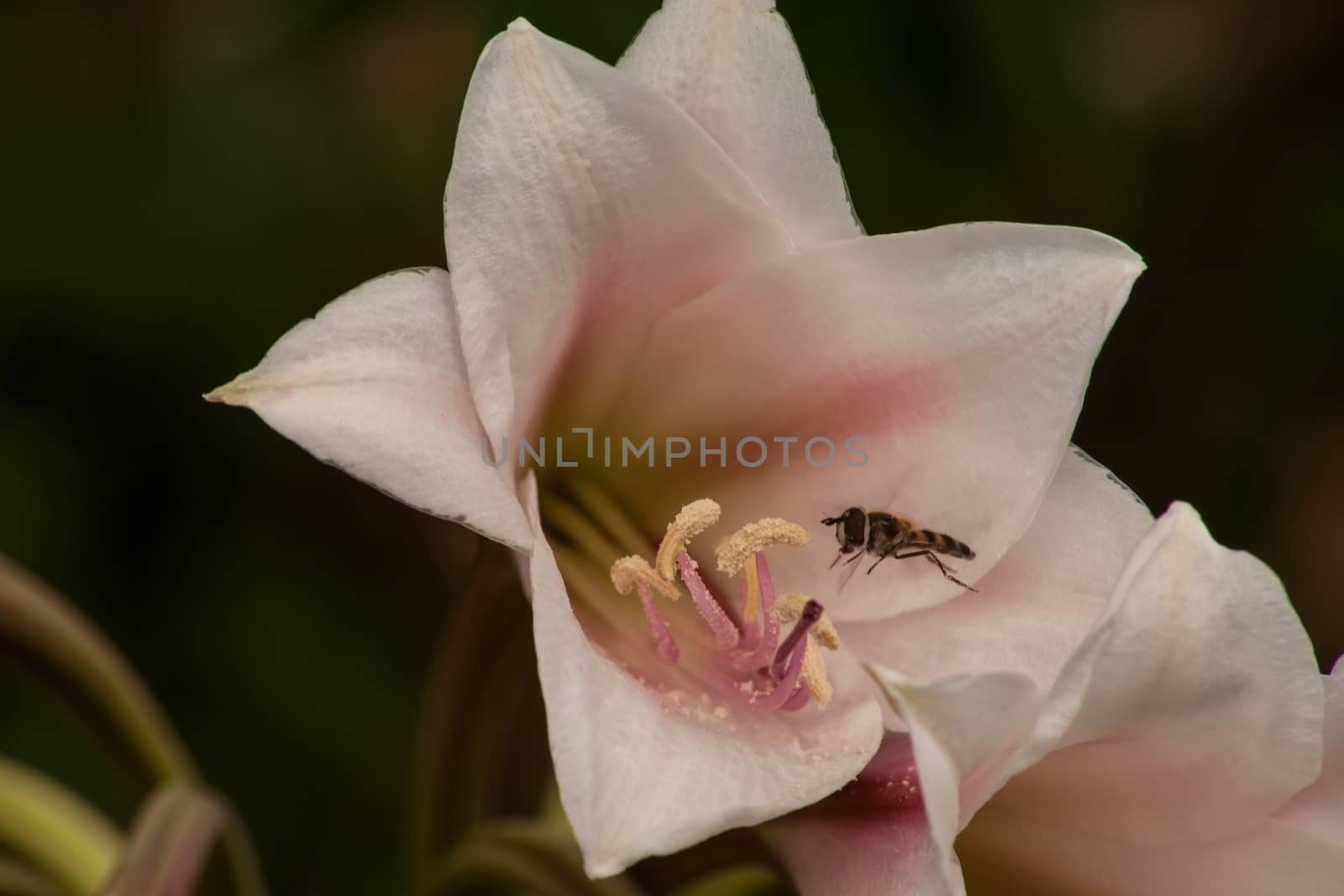
Vaal River Lily (Crinum bulbispermum)
Stock PhotoUsername
kobus_pecheResolution
5616x3744pxVaal River Lily (Crinum bulbispermum)

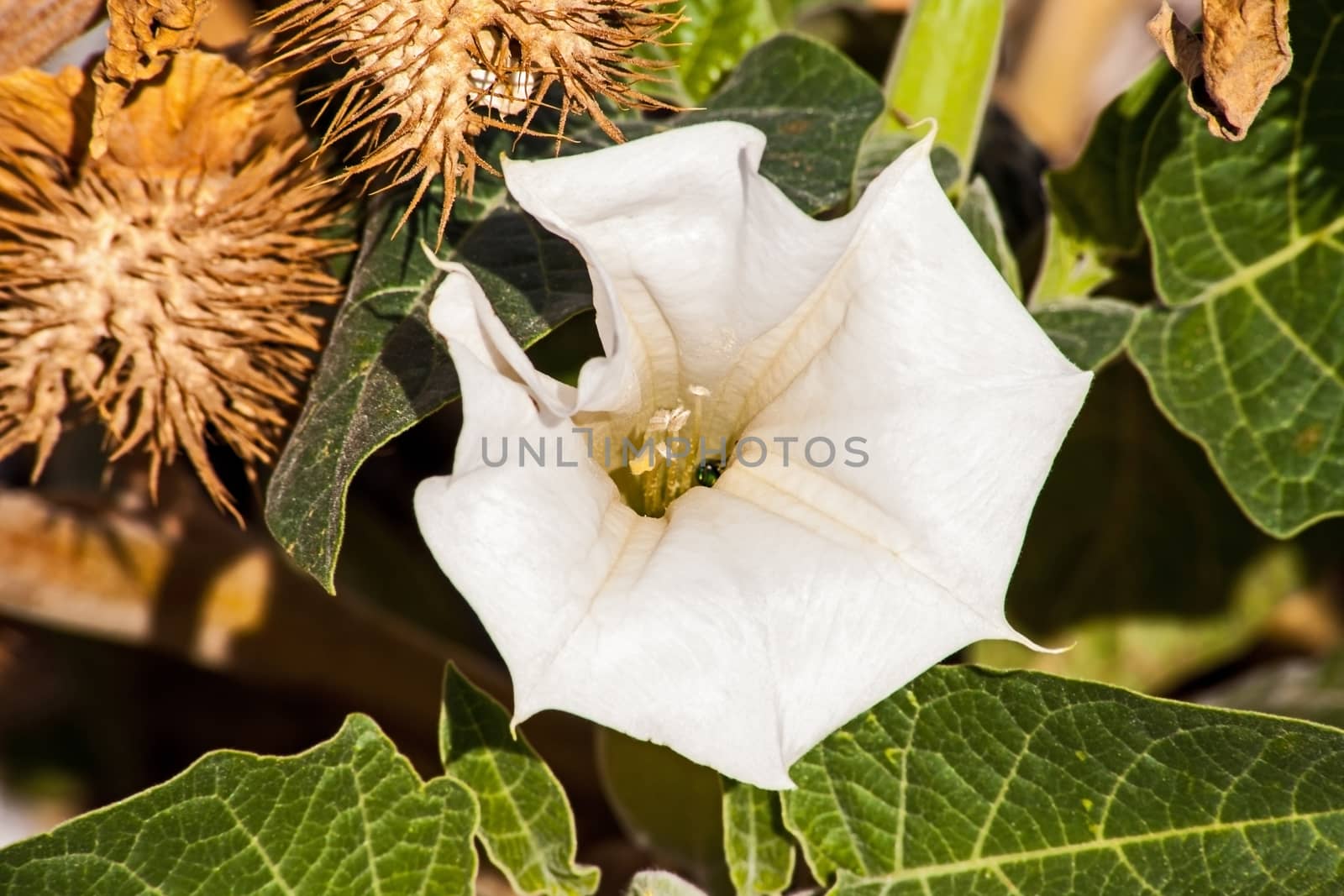
Jimsonweed (Datura innoxia) in the Fish River Canyon, Namibia
Stock PhotoUsername
kobus_pecheResolution
5616x3744pxJimsonweed (Datura innoxia) in the Fish River Canyon, Namibia

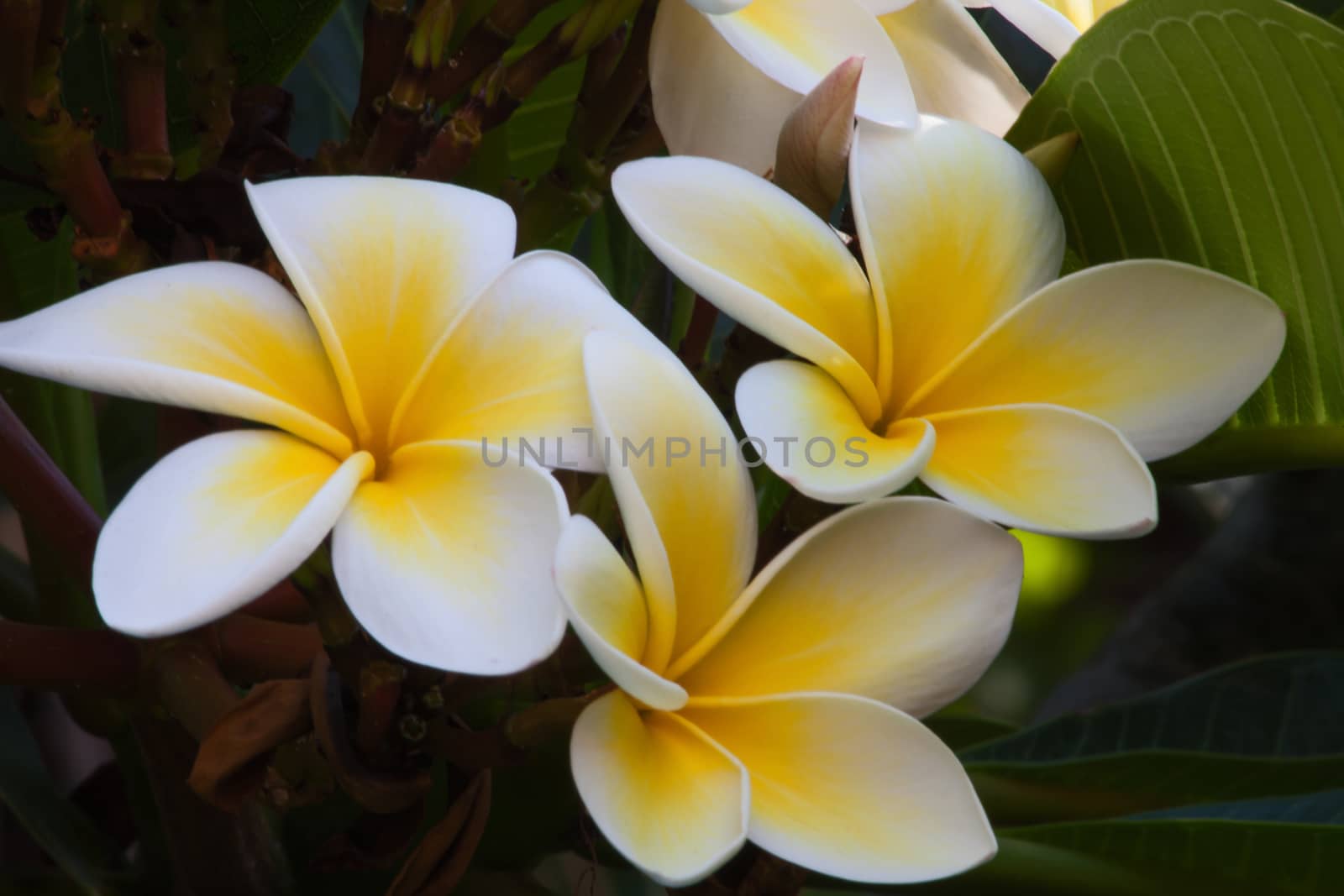
Frangipani flowers with dark background
Stock PhotoUsername
kobus_pecheResolution
7020x4680pxFrangipani flowers with dark background


Cederberg rock formations at Stadsaal Caves 12
Stock PhotoUsername
kobus_pecheResolution
3861x2574pxCederberg rock formations at Stadsaal Caves 12
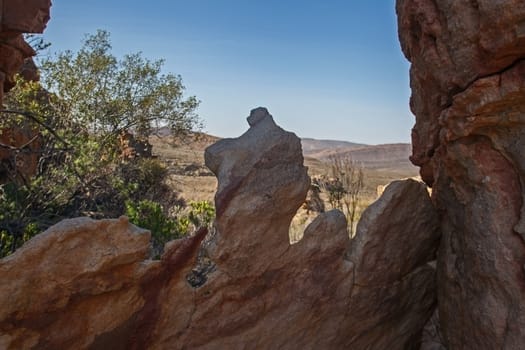
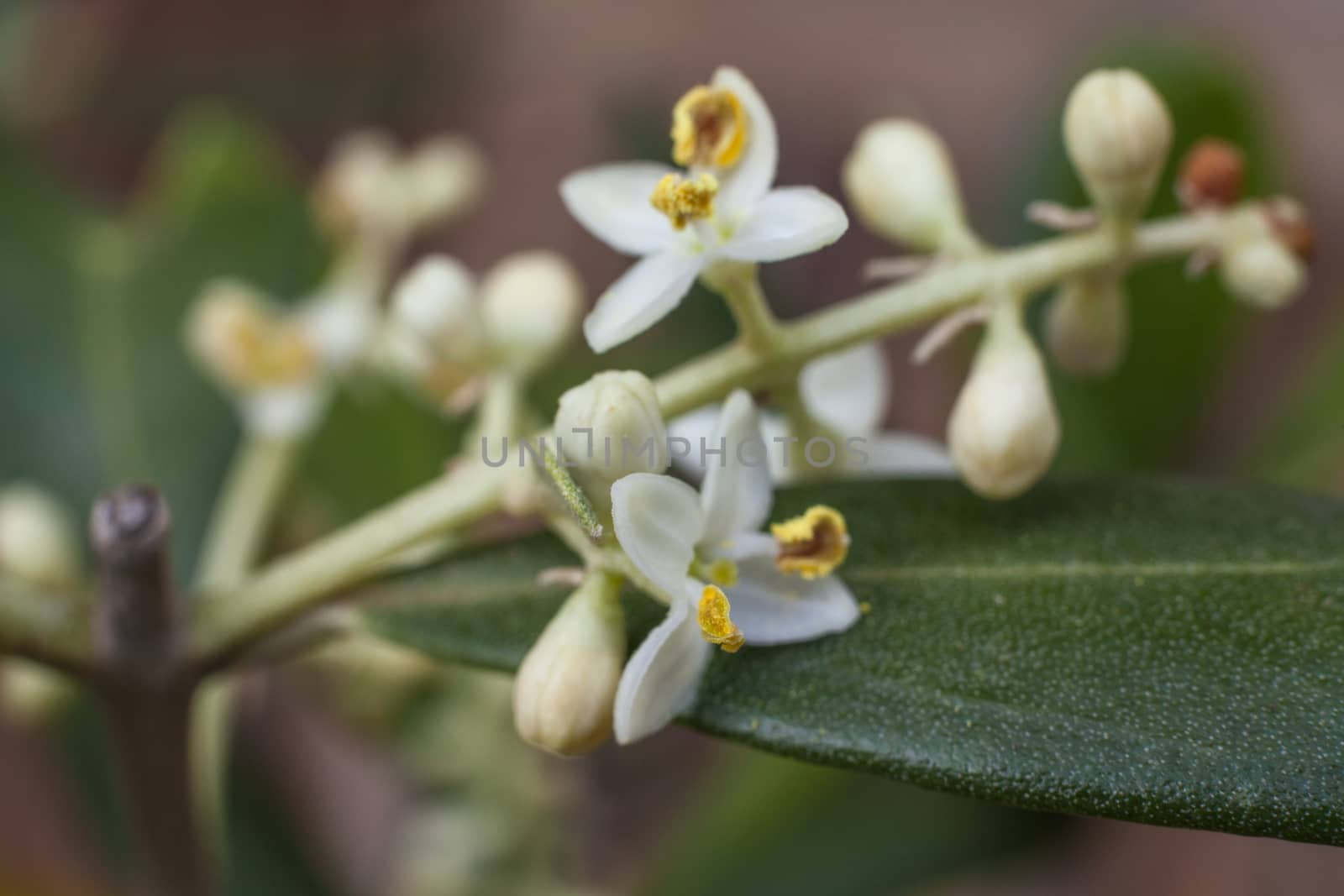
Blossoms of the European Olive (Olea europaea)
Stock PhotoUsername
kobus_pecheResolution
5616x3744pxBlossoms of the European Olive (Olea europaea)

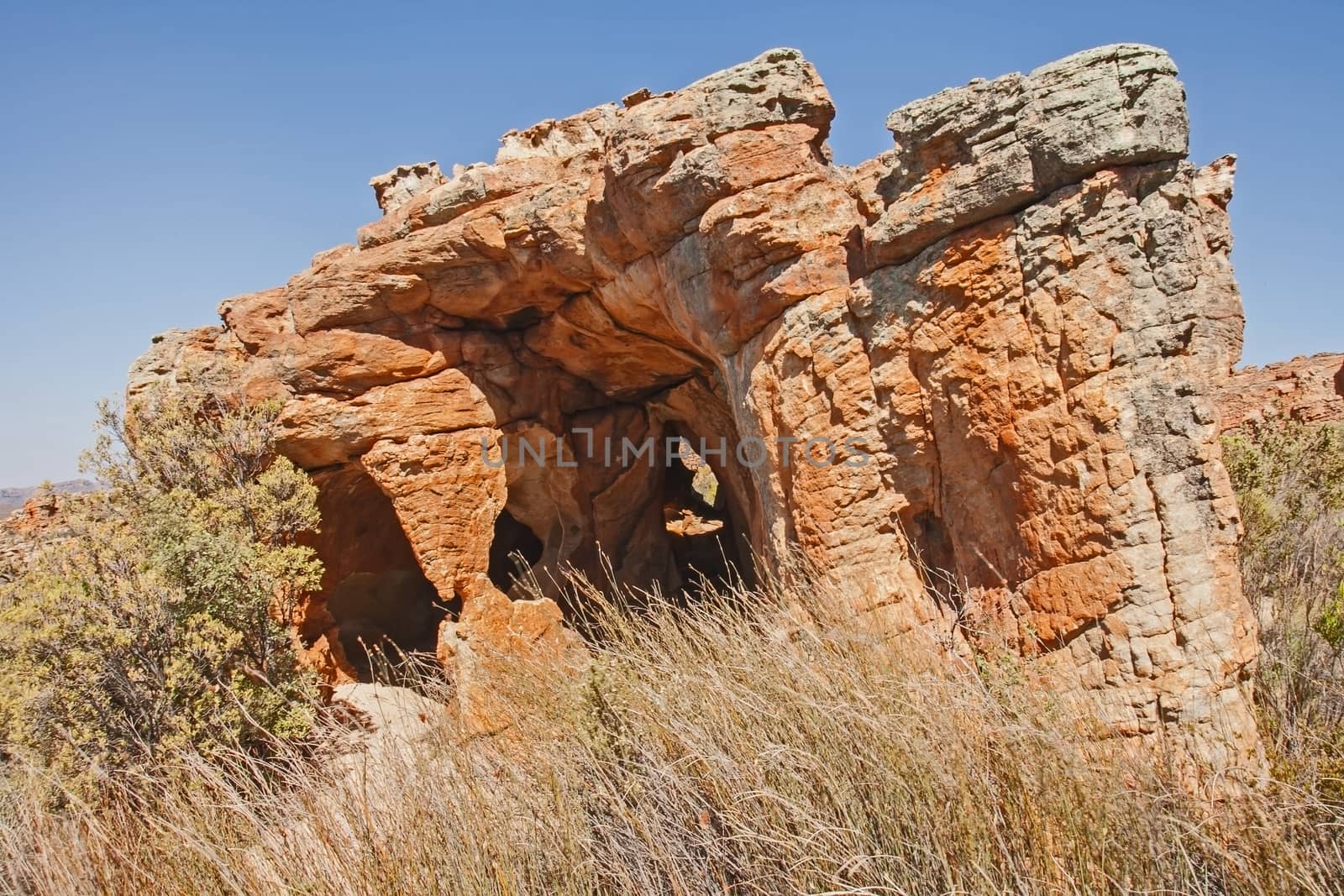
Cederberg rock formations at Stadsaal Caves 11
Stock PhotoUsername
kobus_pecheResolution
3861x2574pxCederberg rock formations at Stadsaal Caves 11

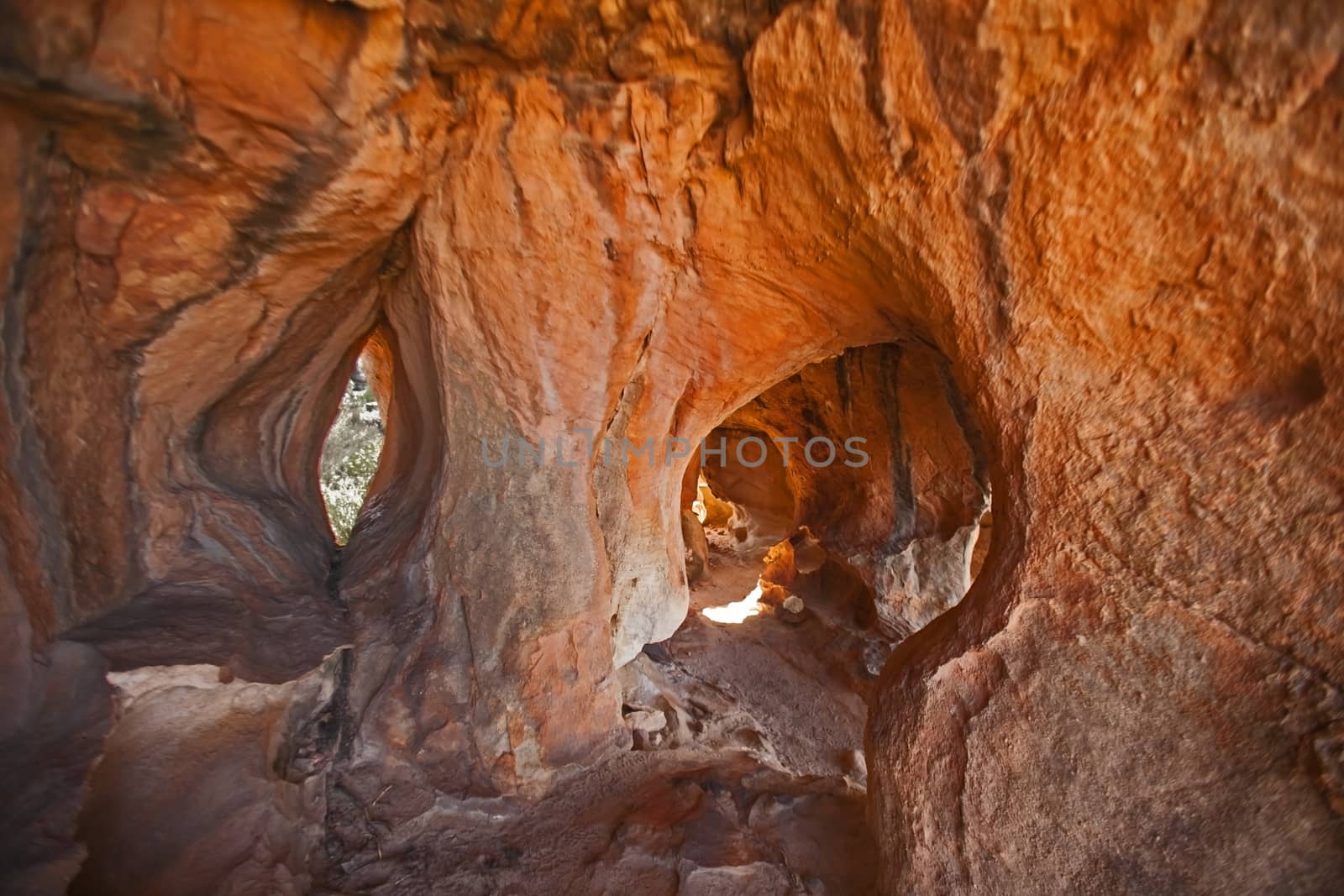
Cederberg rock formations at Stadsaal Caves 10
Stock PhotoUsername
kobus_pecheResolution
3861x2574pxCederberg rock formations at Stadsaal Caves 10

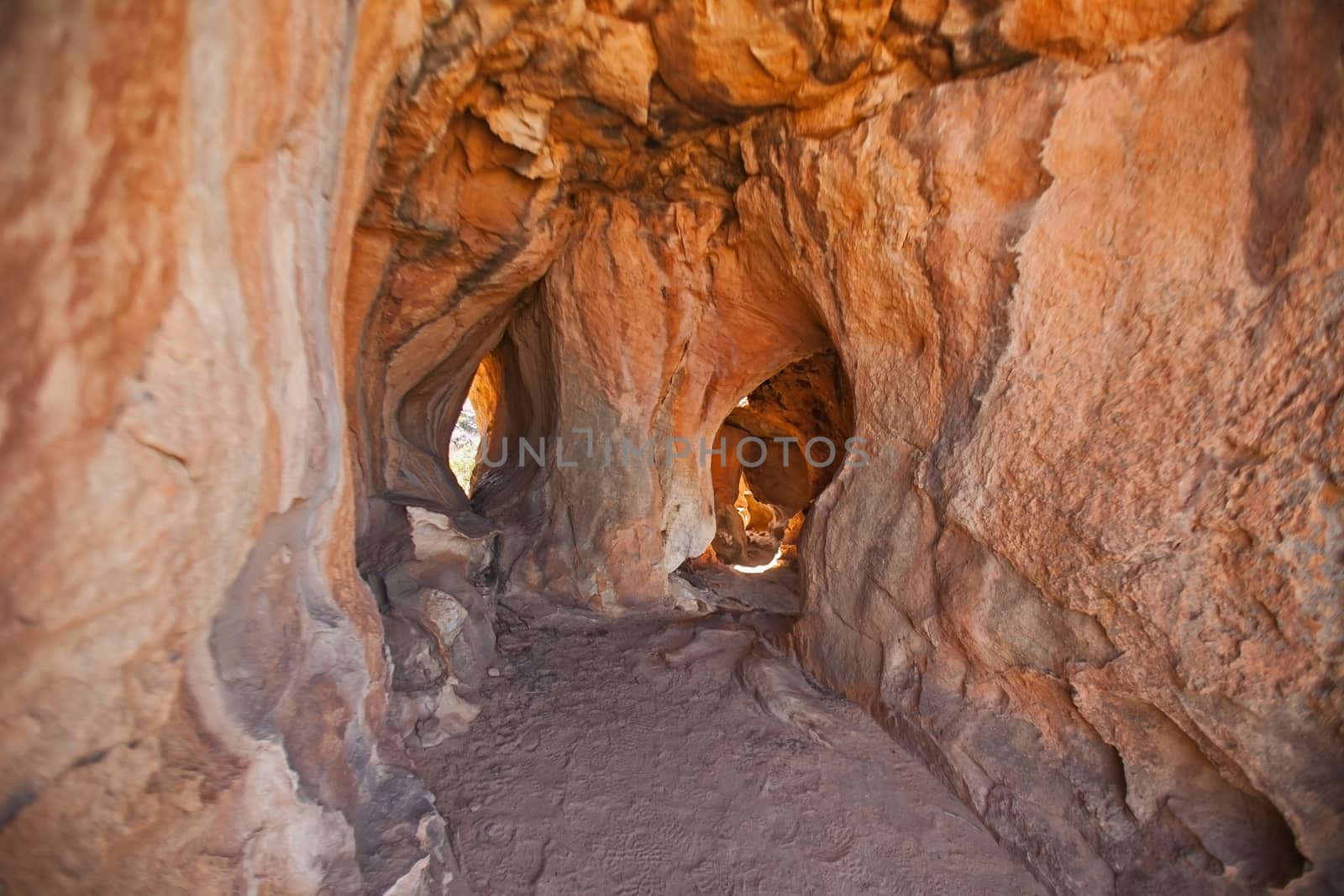
Cederberg rock formations at Stadsaal Caves 9
Stock PhotoUsername
kobus_pecheResolution
3861x2574pxCederberg rock formations at Stadsaal Caves 9

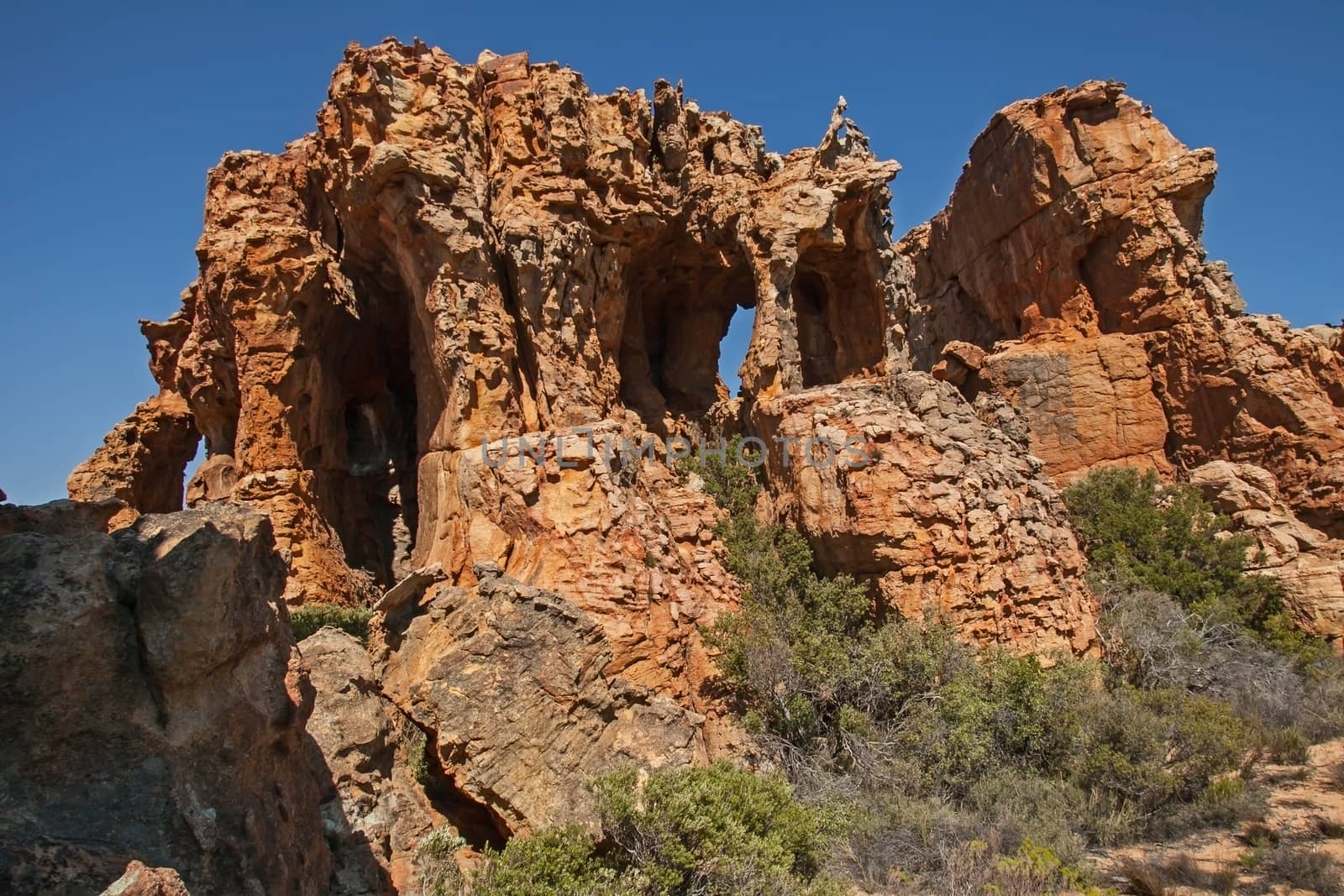
Cederberg rock formations at Stadsaal Caves 8
Stock PhotoUsername
kobus_pecheResolution
3861x2574pxCederberg rock formations at Stadsaal Caves 8


Cederberg rock formations at Stadsaal Caves 7
Stock PhotoUsername
kobus_pecheResolution
3861x2574pxCederberg rock formations at Stadsaal Caves 7
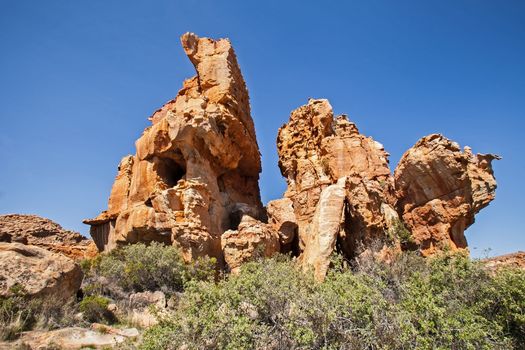

Cederberg rock formations at Stadsaal Caves 6
Stock PhotoUsername
kobus_pecheResolution
3861x2574pxCederberg rock formations at Stadsaal Caves 6
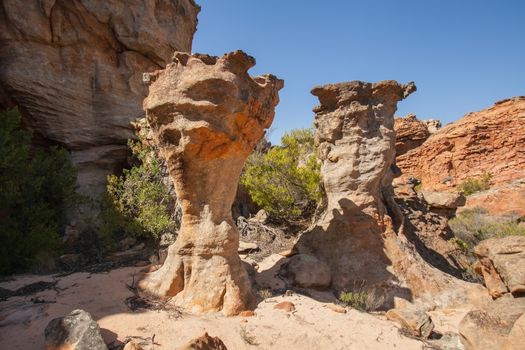
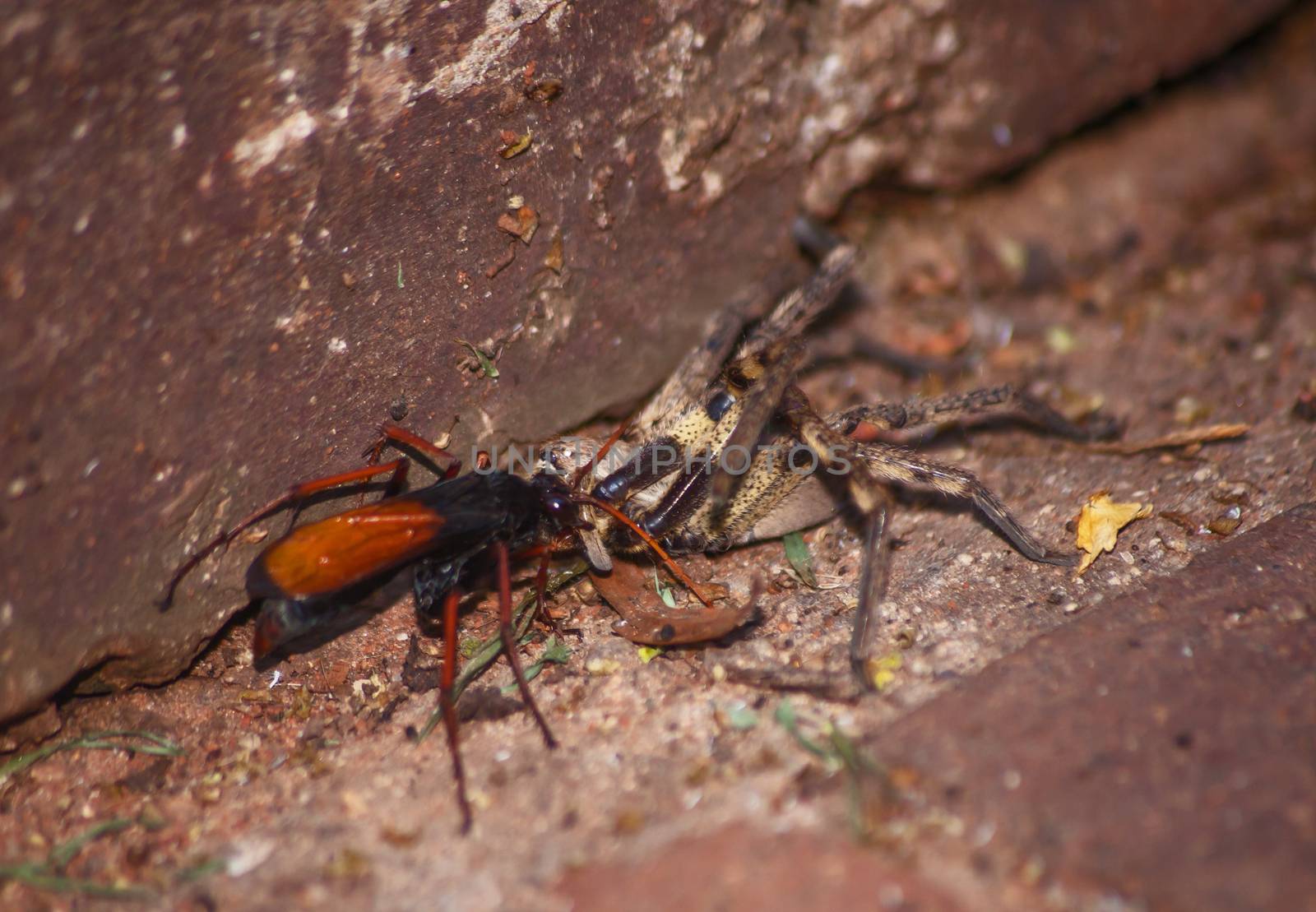
Spider eating wasp, Pompilidae Sp. with it's Rain Spider ( Palystes superciliosus) prey 9
Stock PhotoUsername
kobus_pecheResolution
5027x3484pxSpider eating wasp, Pompilidae Sp. with it's Rain Spider ( Palystes superciliosus) prey 9


Spider eating wasp, Pompilidae Sp. with it's Rain Spider ( Palystes superciliosus) prey 8
Stock PhotoUsername
kobus_pecheResolution
5304x3587pxSpider eating wasp, Pompilidae Sp. with it's Rain Spider ( Palystes superciliosus) prey 8
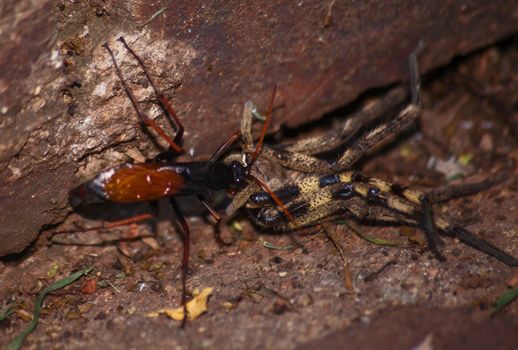
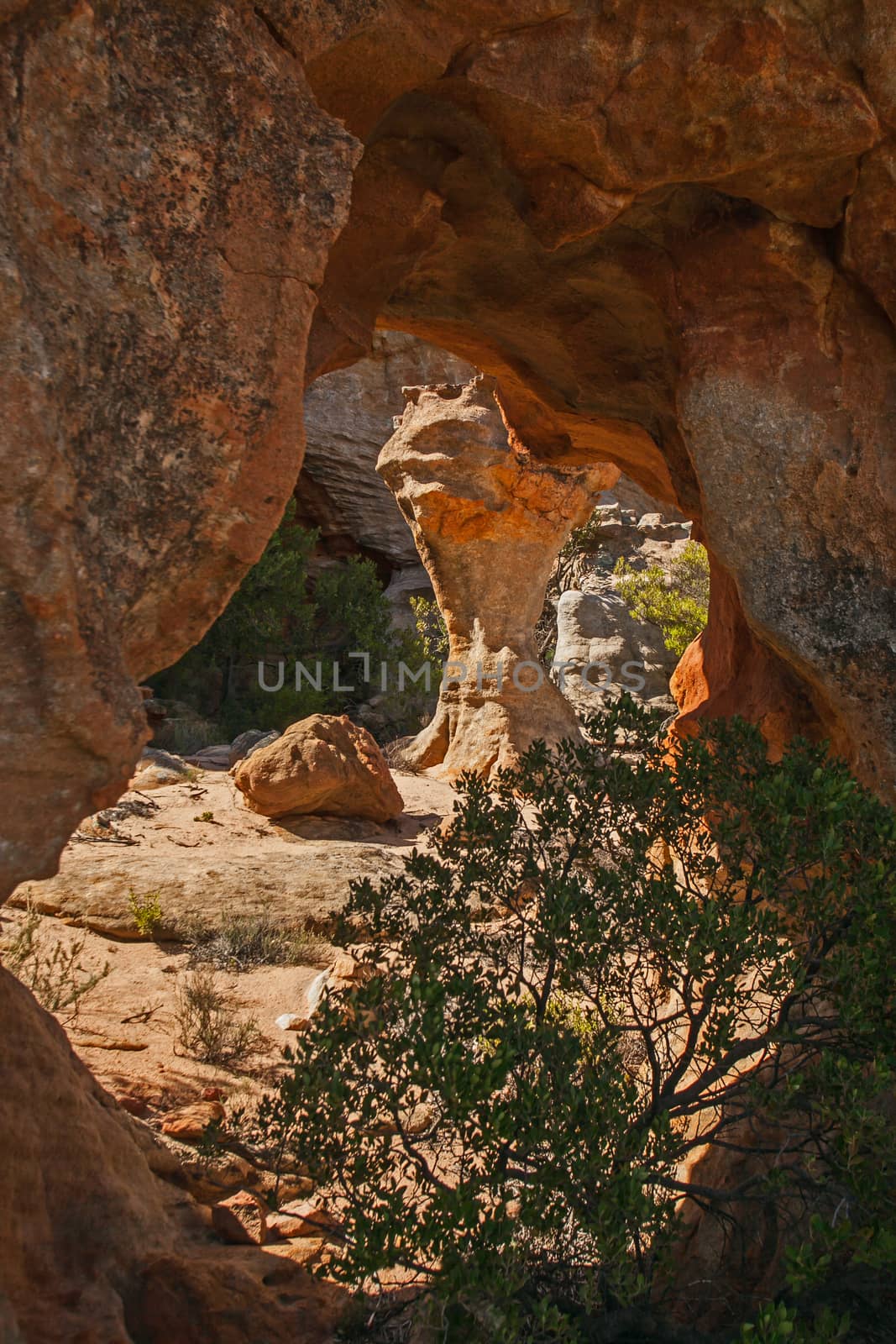
Cederberg rock formations at Stadsaal Caves 5
Stock PhotoUsername
kobus_pecheResolution
2574x3861pxCederberg rock formations at Stadsaal Caves 5


Cederberg rock formations at Stadsaal Caves 4
Stock PhotoUsername
kobus_pecheResolution
3861x2574pxCederberg rock formations at Stadsaal Caves 4
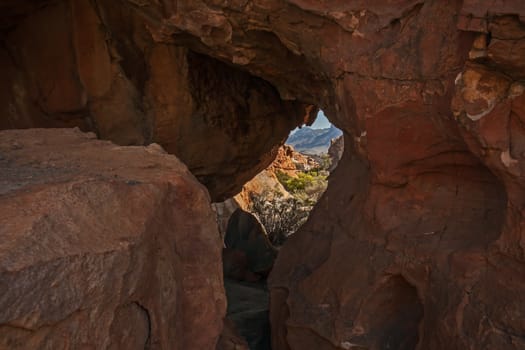

Cederberg rock formations at Stadsaal Caves 3
Stock PhotoUsername
kobus_pecheResolution
3861x2574pxCederberg rock formations at Stadsaal Caves 3
